In a small, typically quaint English house in the town of Gravesend, Kent, lives artist Matthew John Atkinson. It is a quiet place for someone who needs a dedicated space to lock into the creative process. His paintings have been described as “ethereal, eerily constructed and ambiguous” and aim to explore the moral and finite reality that humans have formed.
Already in love with paint by the age of twelve, he was diagnosed with a very rare auto immune disease at the age of eighteen and by the age of twenty two, Matthew was shortlisted for the prestigious Mercury Art Prize.
From watercolor to oil on silk, Matthew explores the possibilities of paint, inspired by the suburban alleys that surround him, cinema and other contemporary painters. Most recently he has been working on his third solo show which will present a combination of paintings from the past and present. This latest project is a new daring adventure for Matthew, as he shares older work previously considered too dark and potentially controversial.
After time spent together over an English tea prepared by Matthew, the artist takes us through his studio – a little shed at the bottom of the garden. We talk about the beginnings of his creative practice, his exploration of sculpture, committed approach to creating and what he looks forward to in the future.
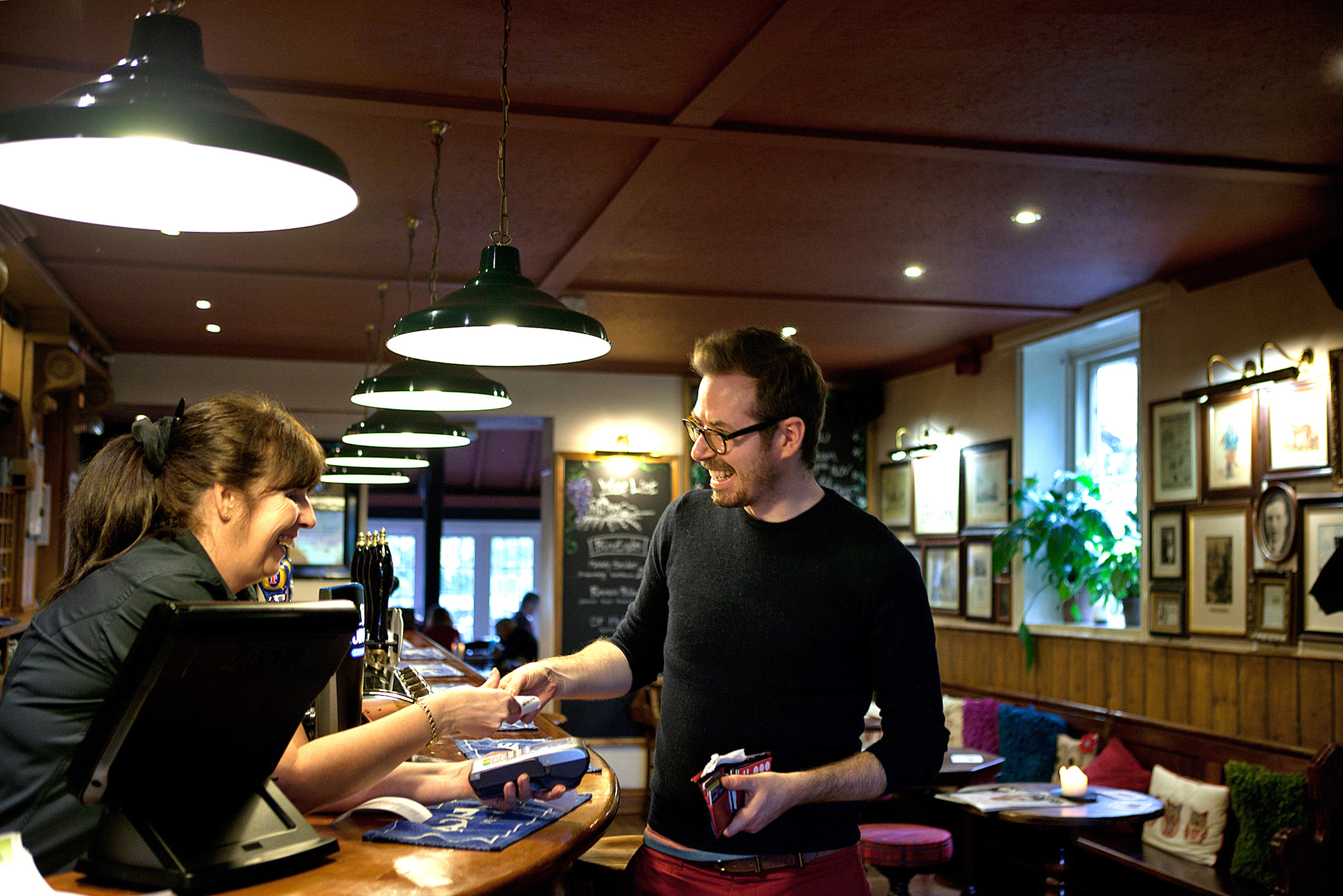

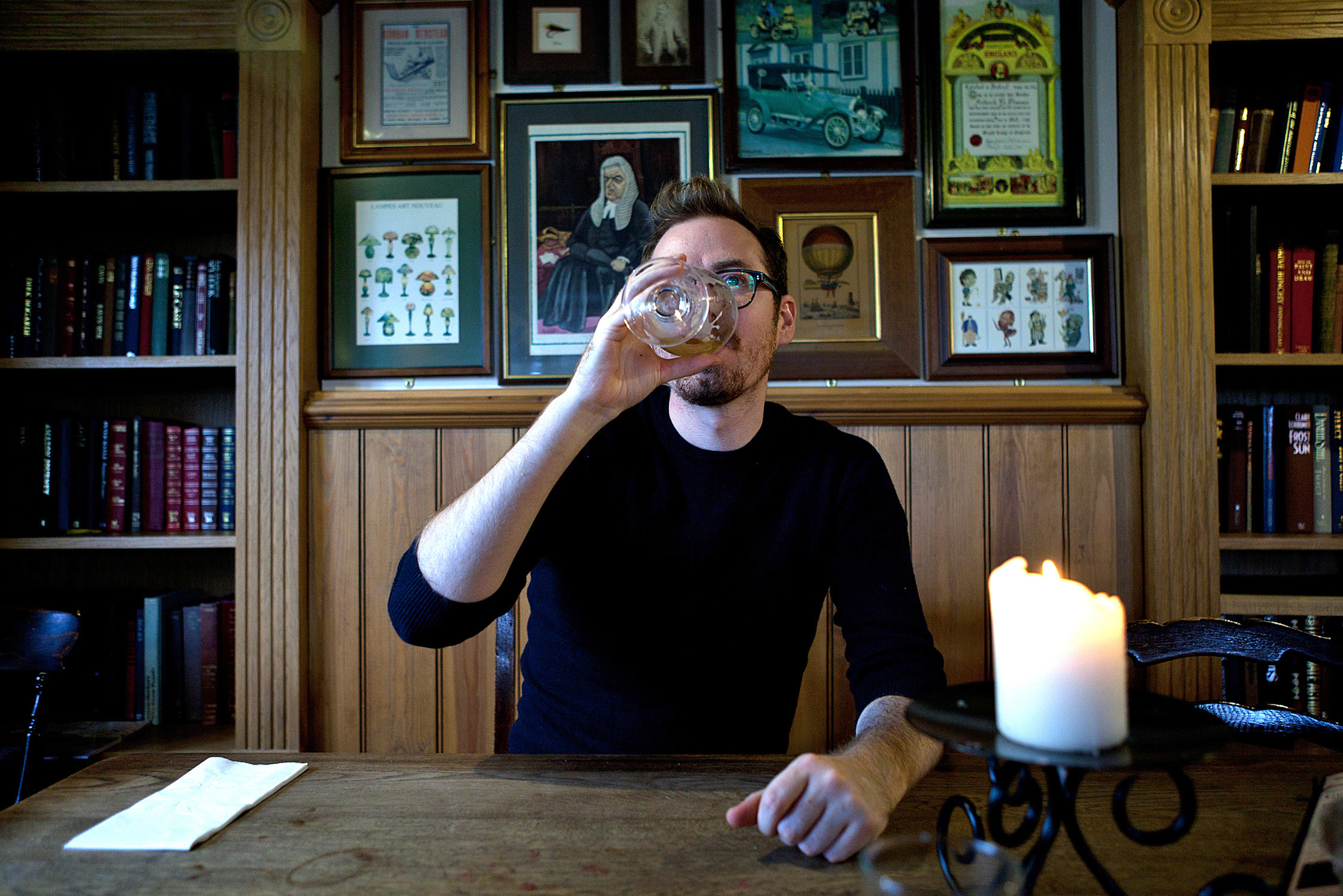
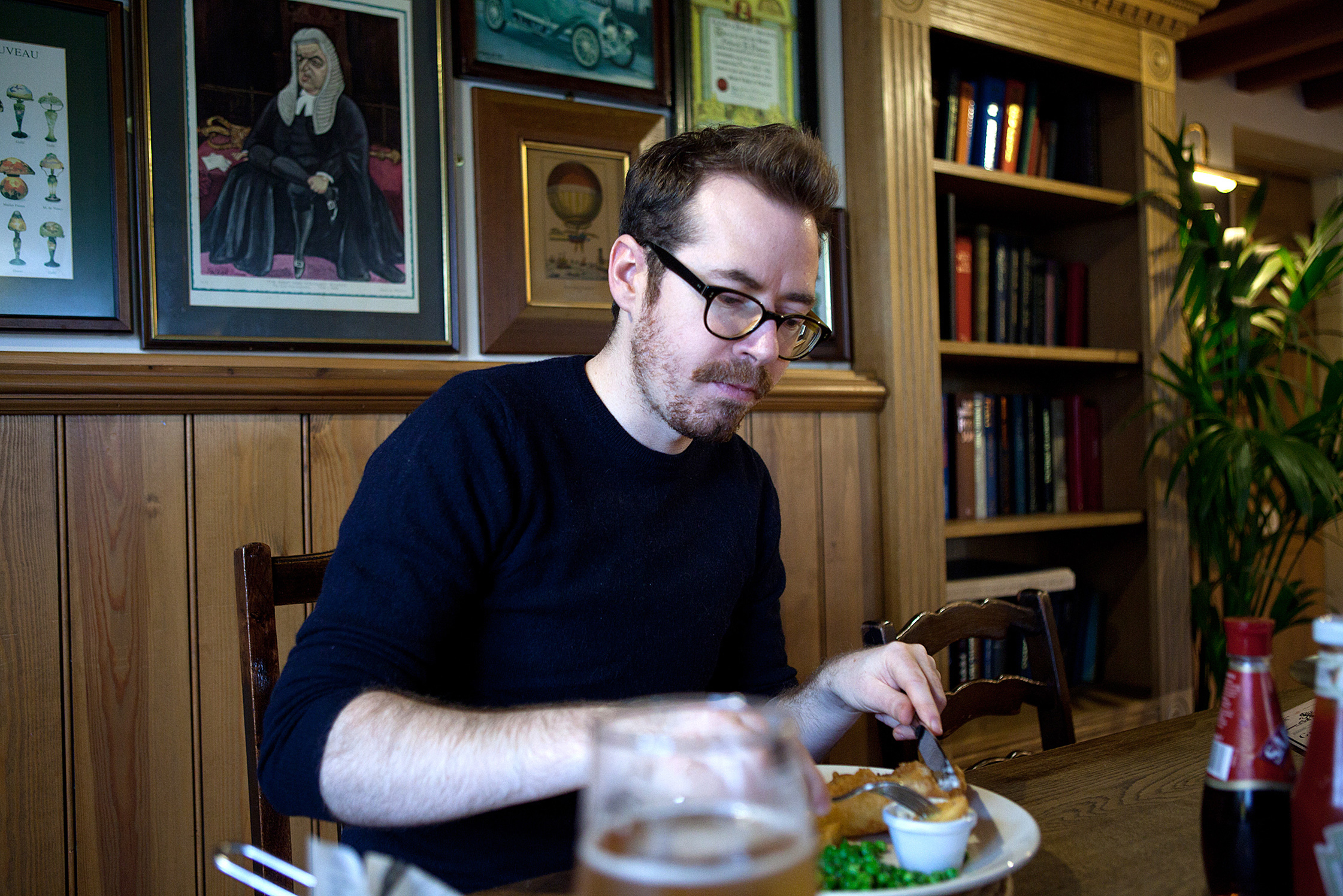
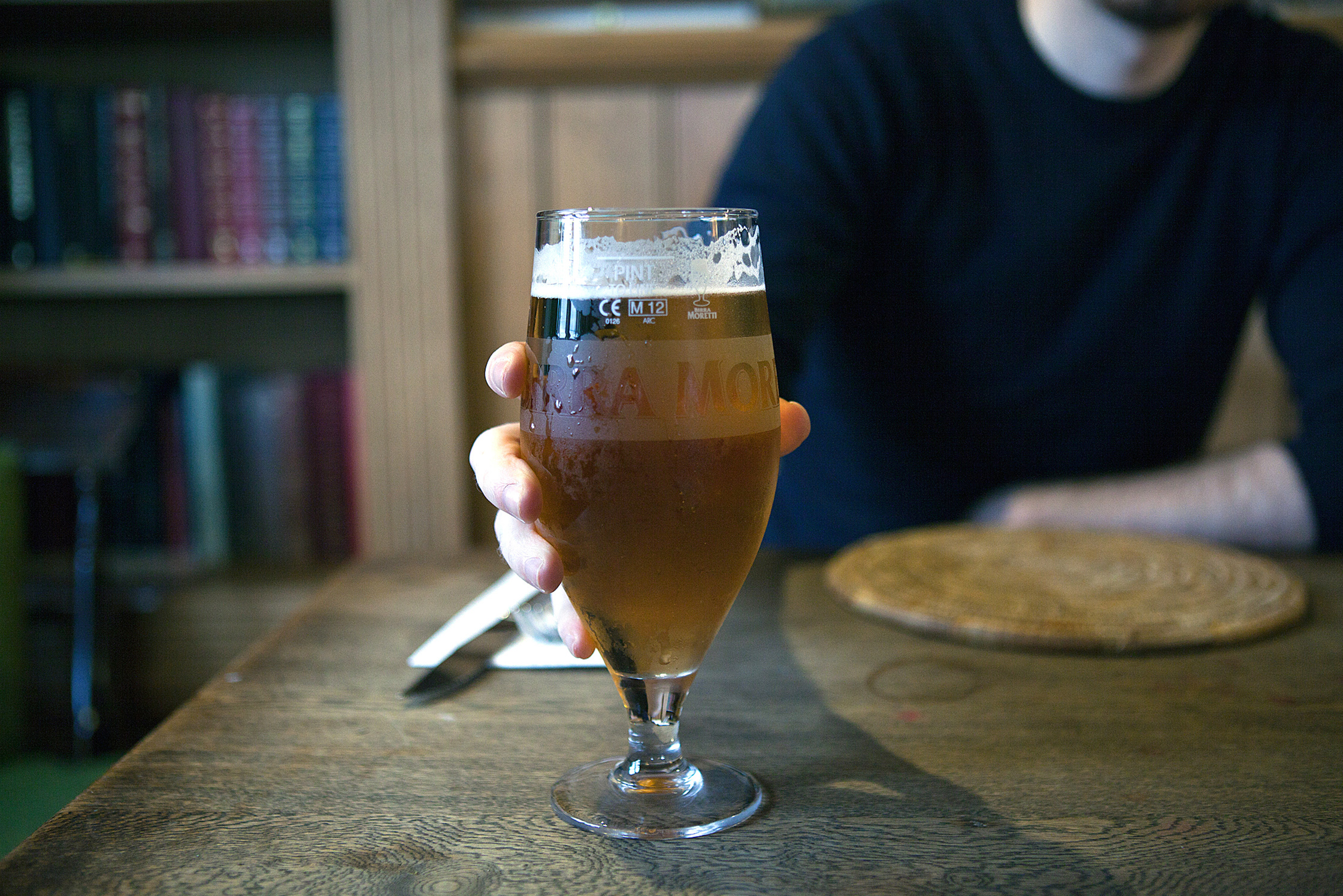
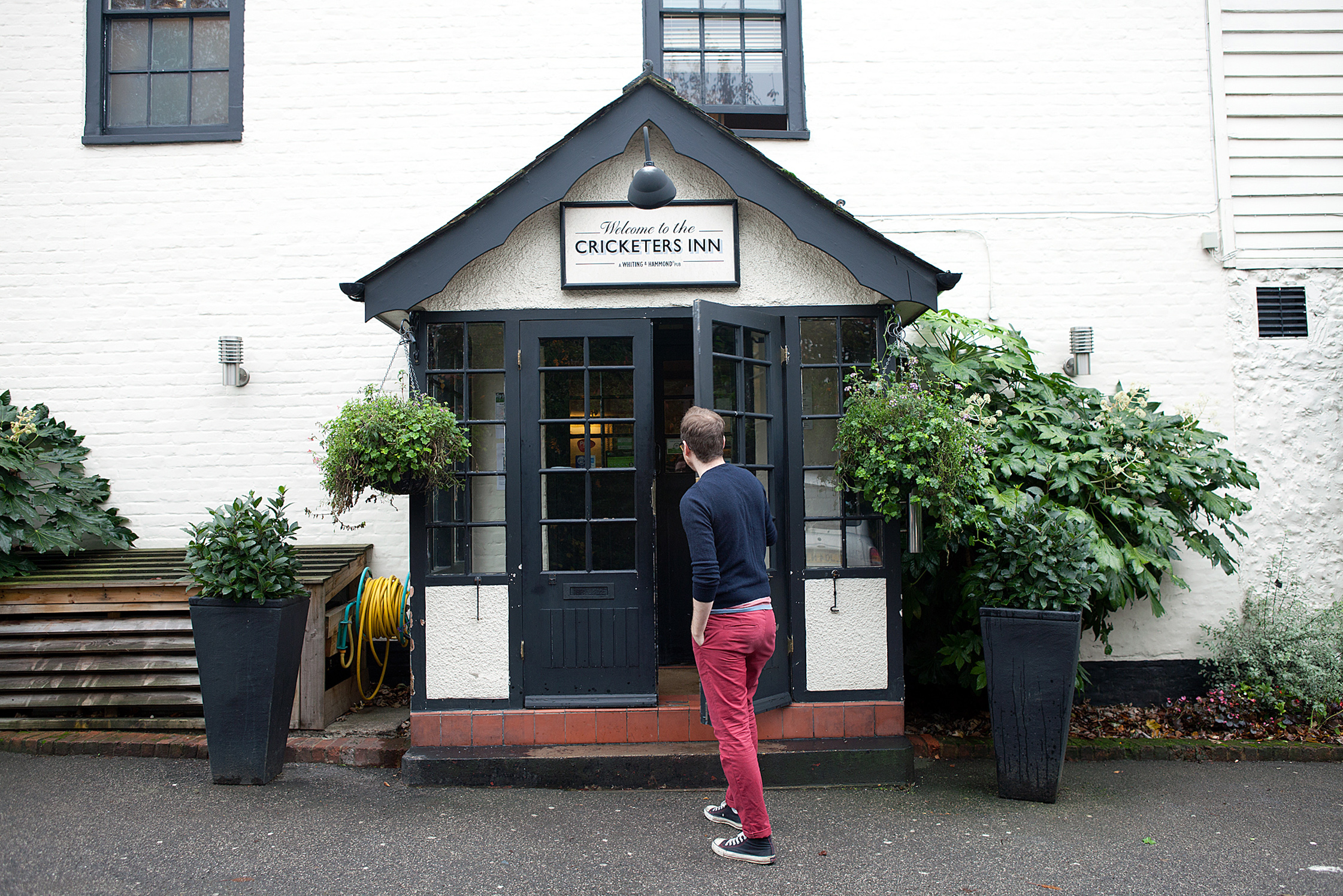
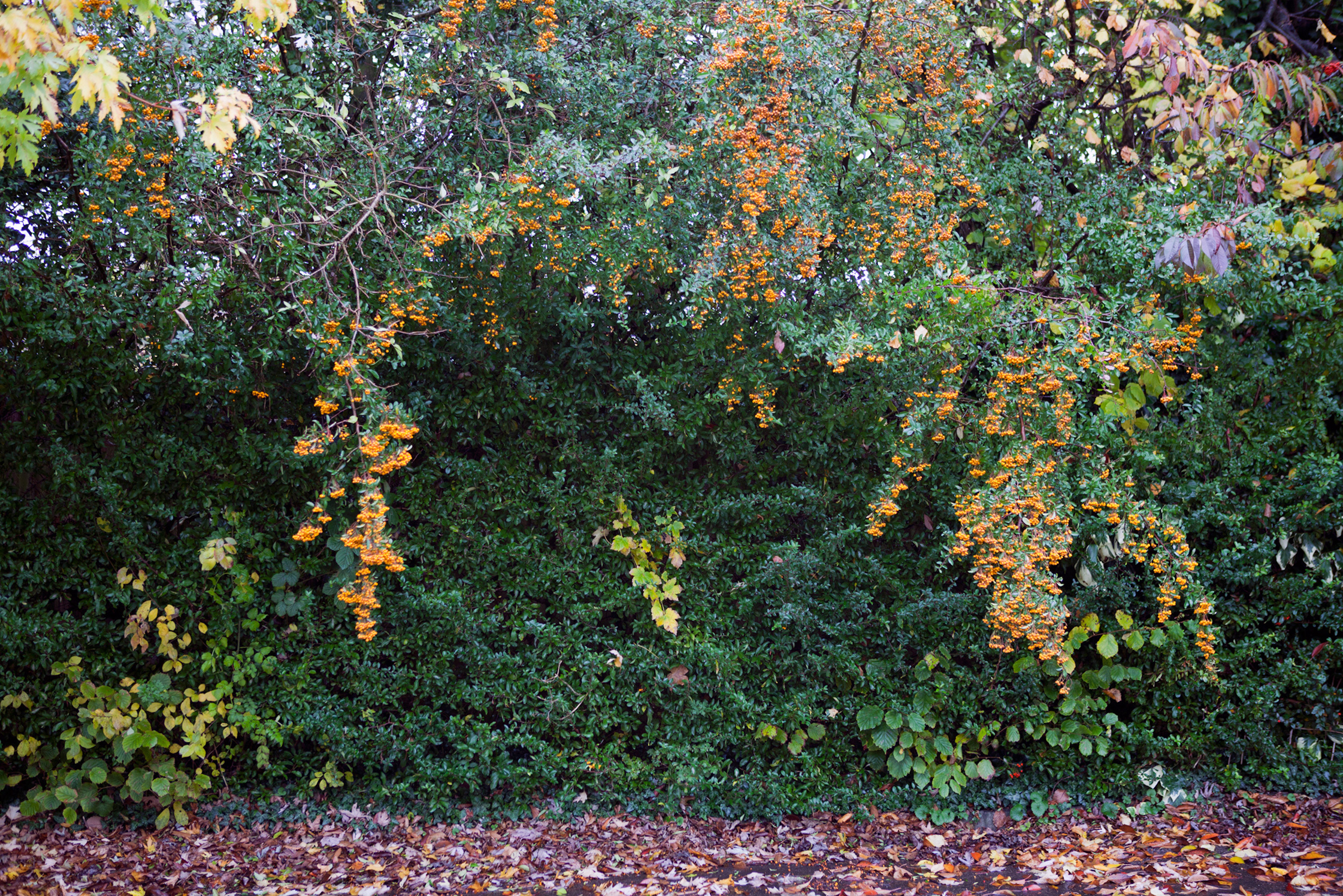
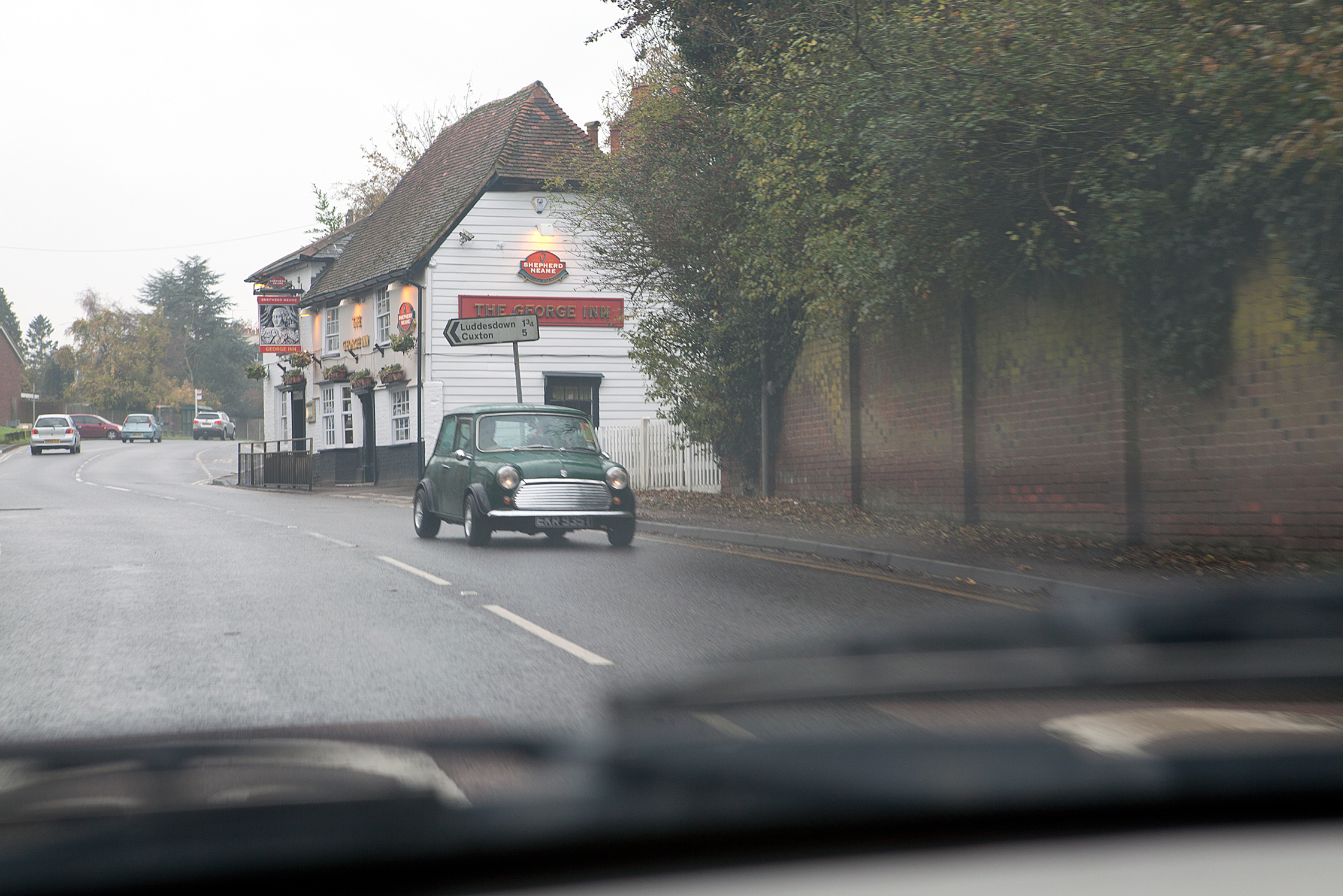
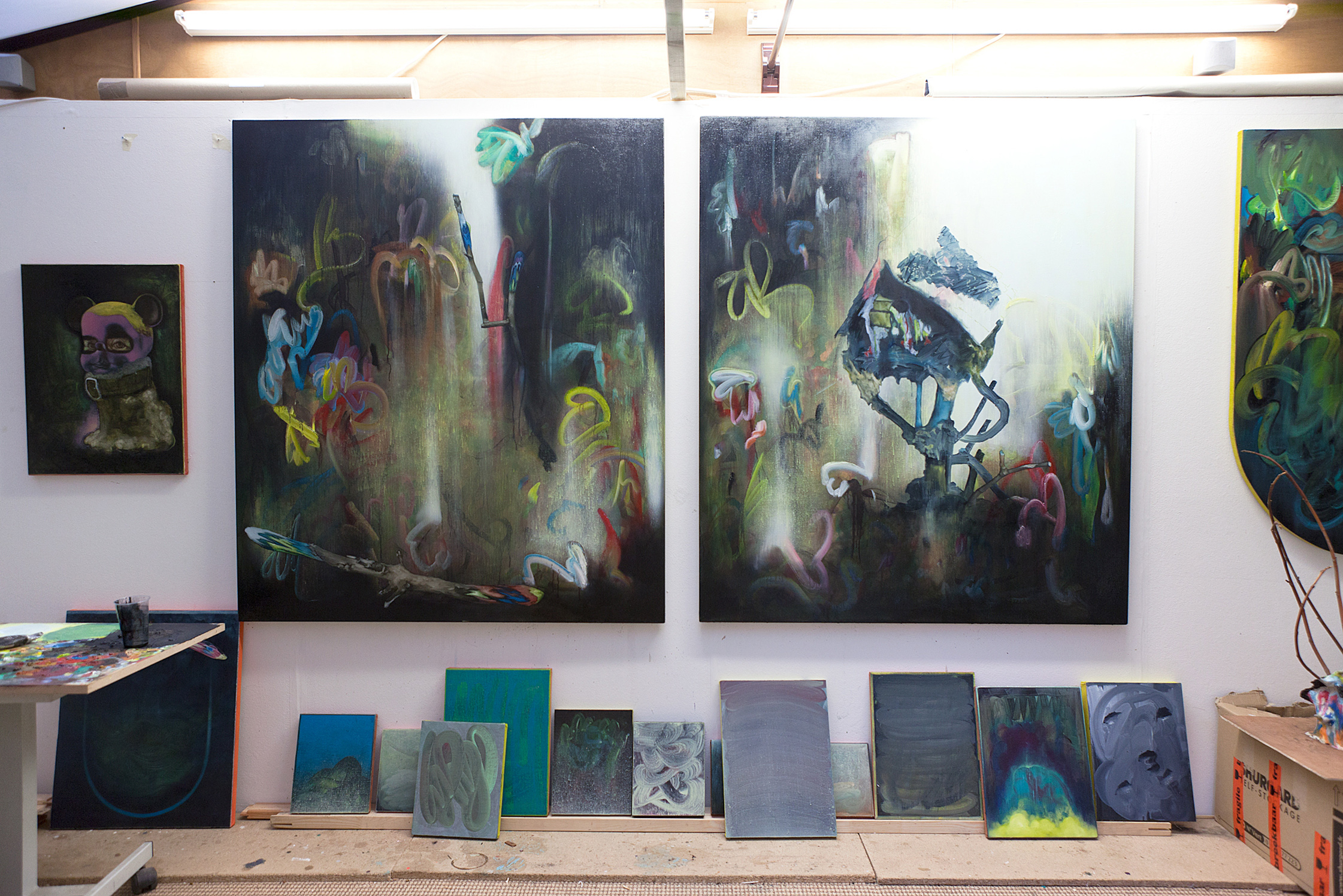
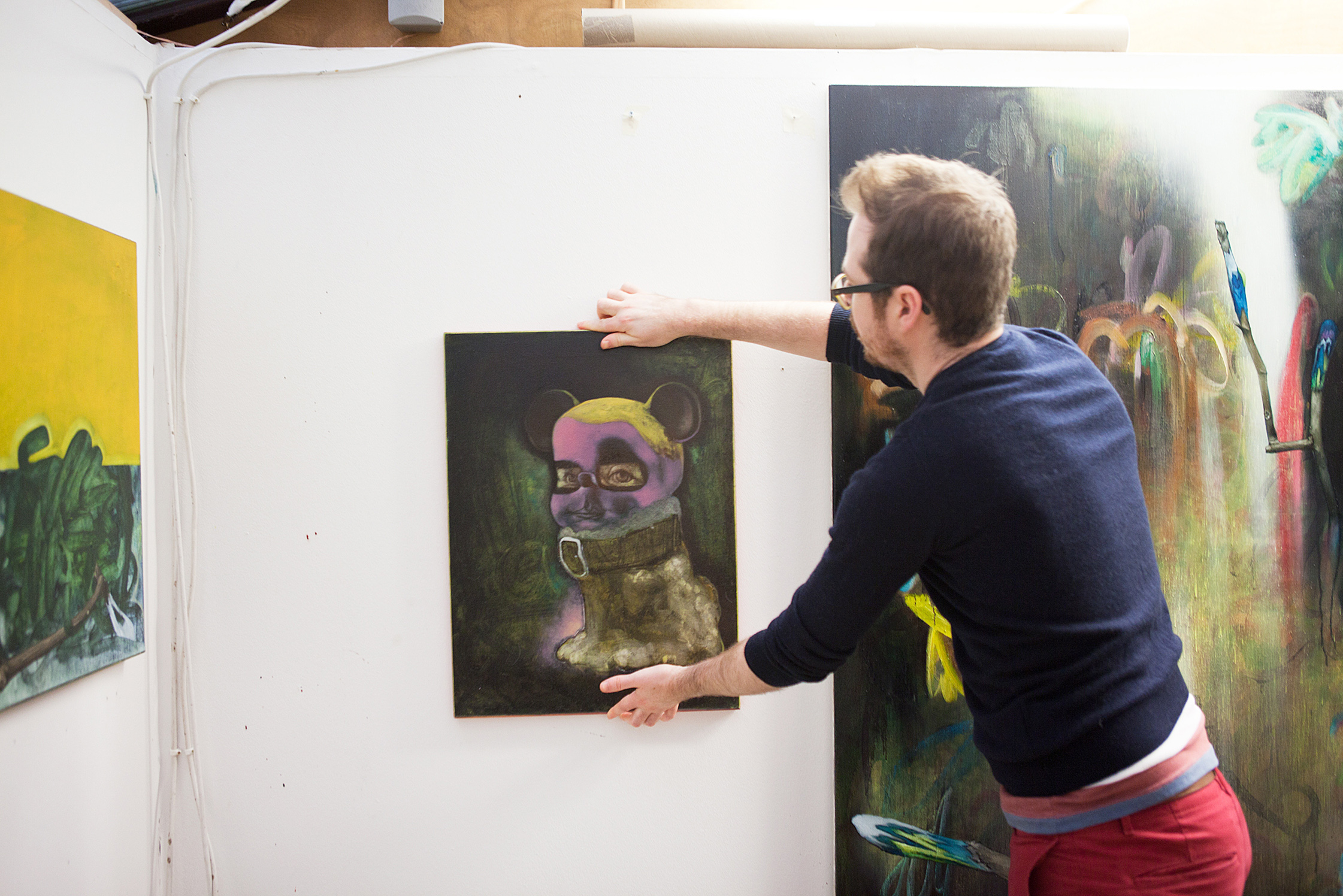
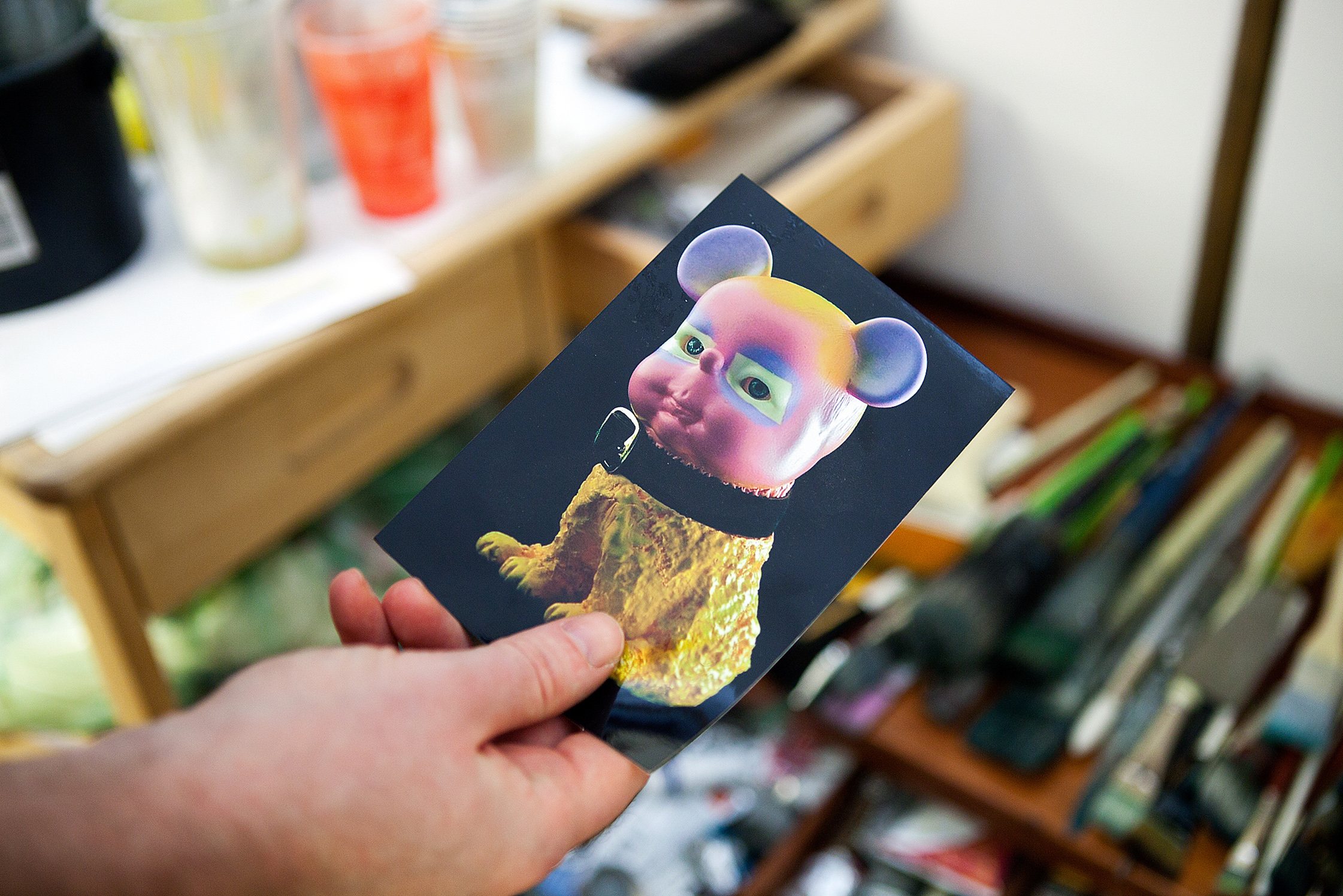
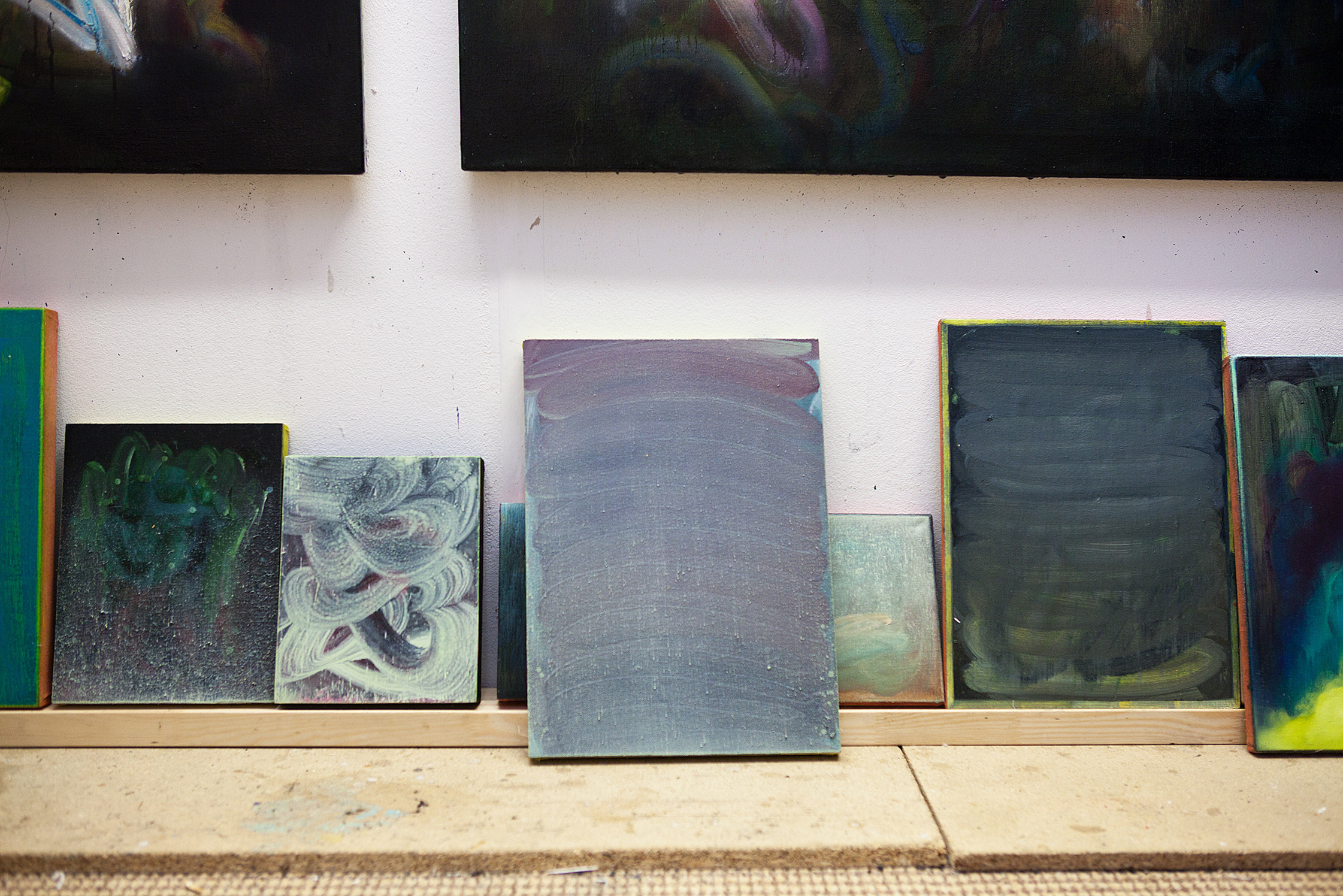
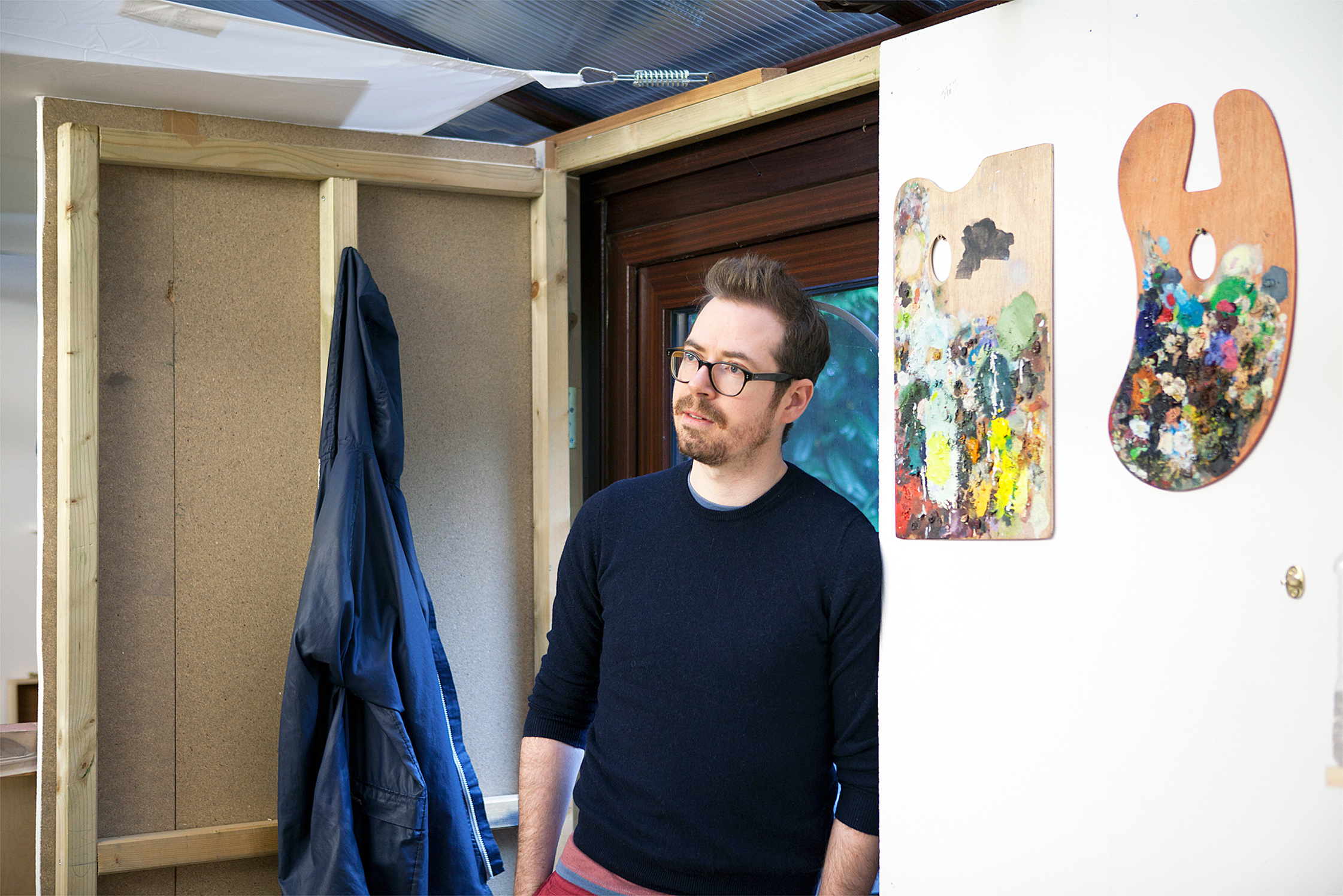
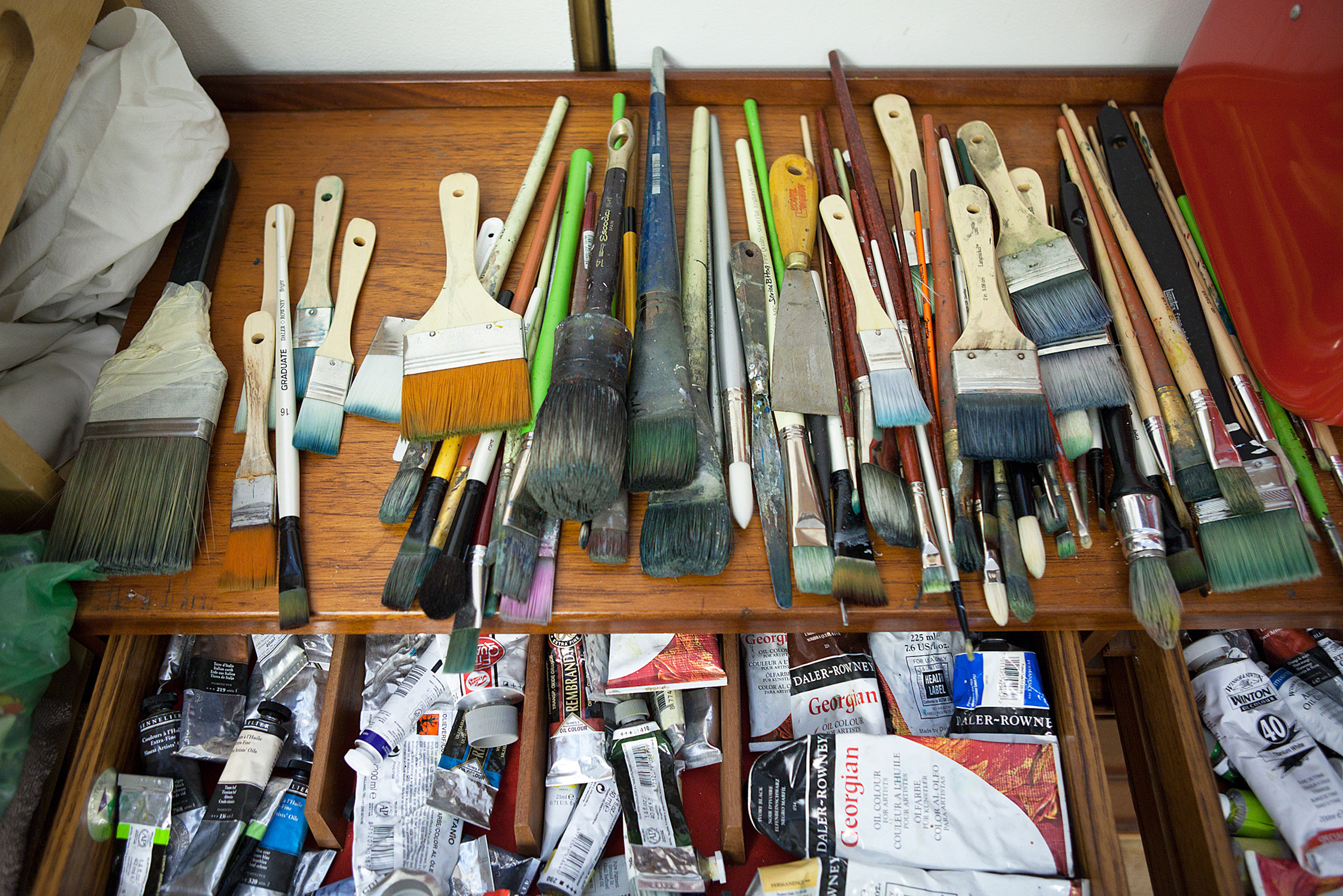
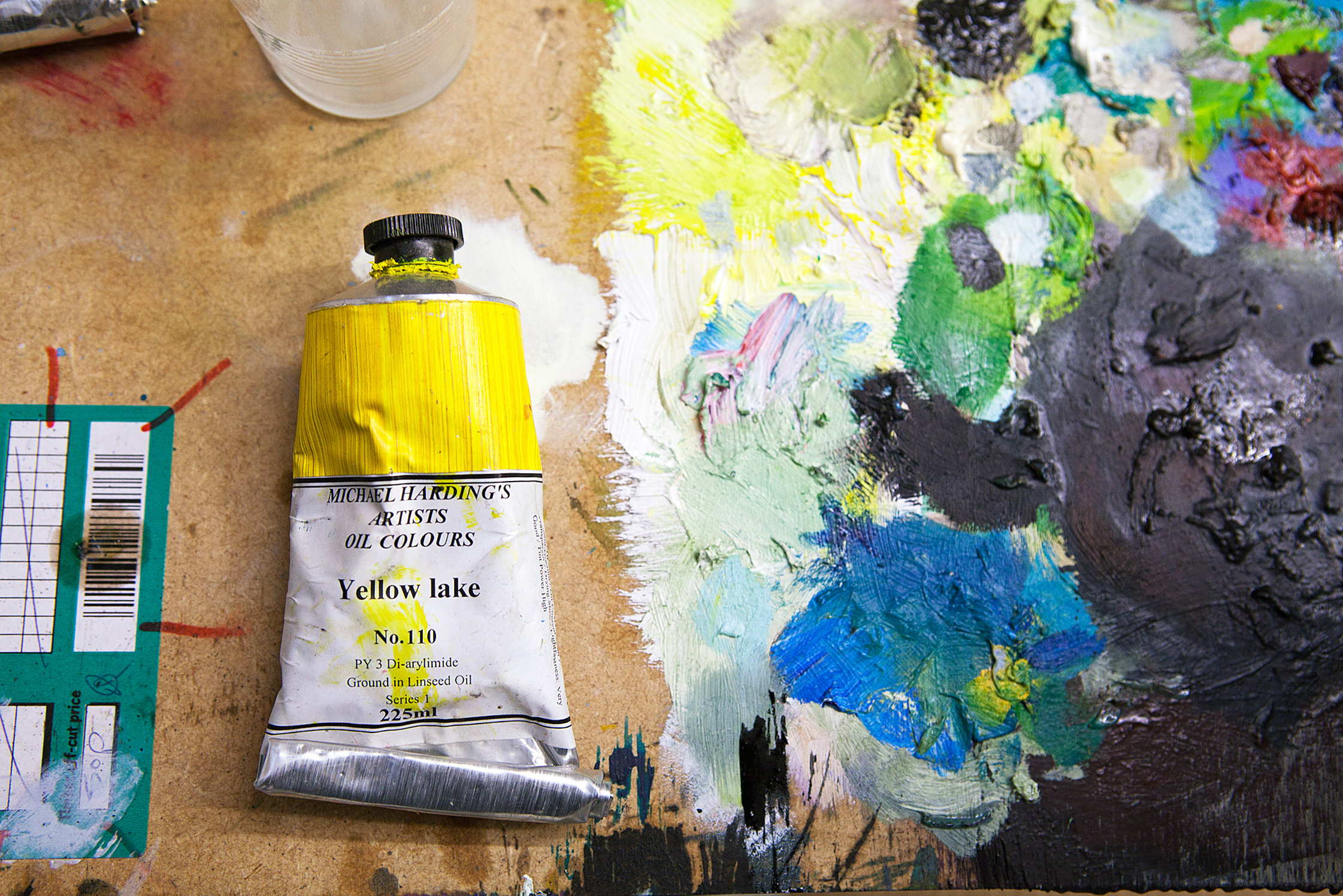
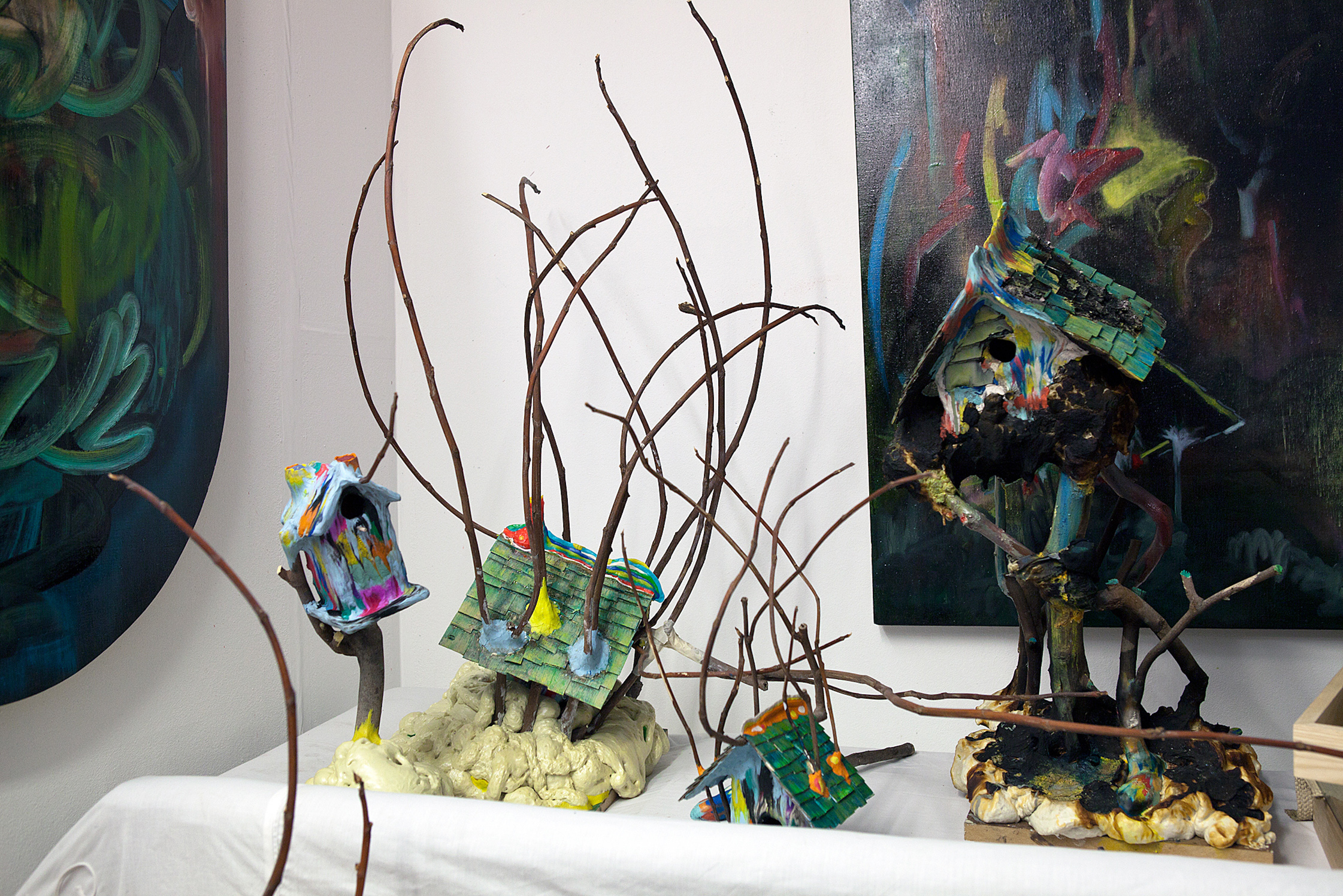
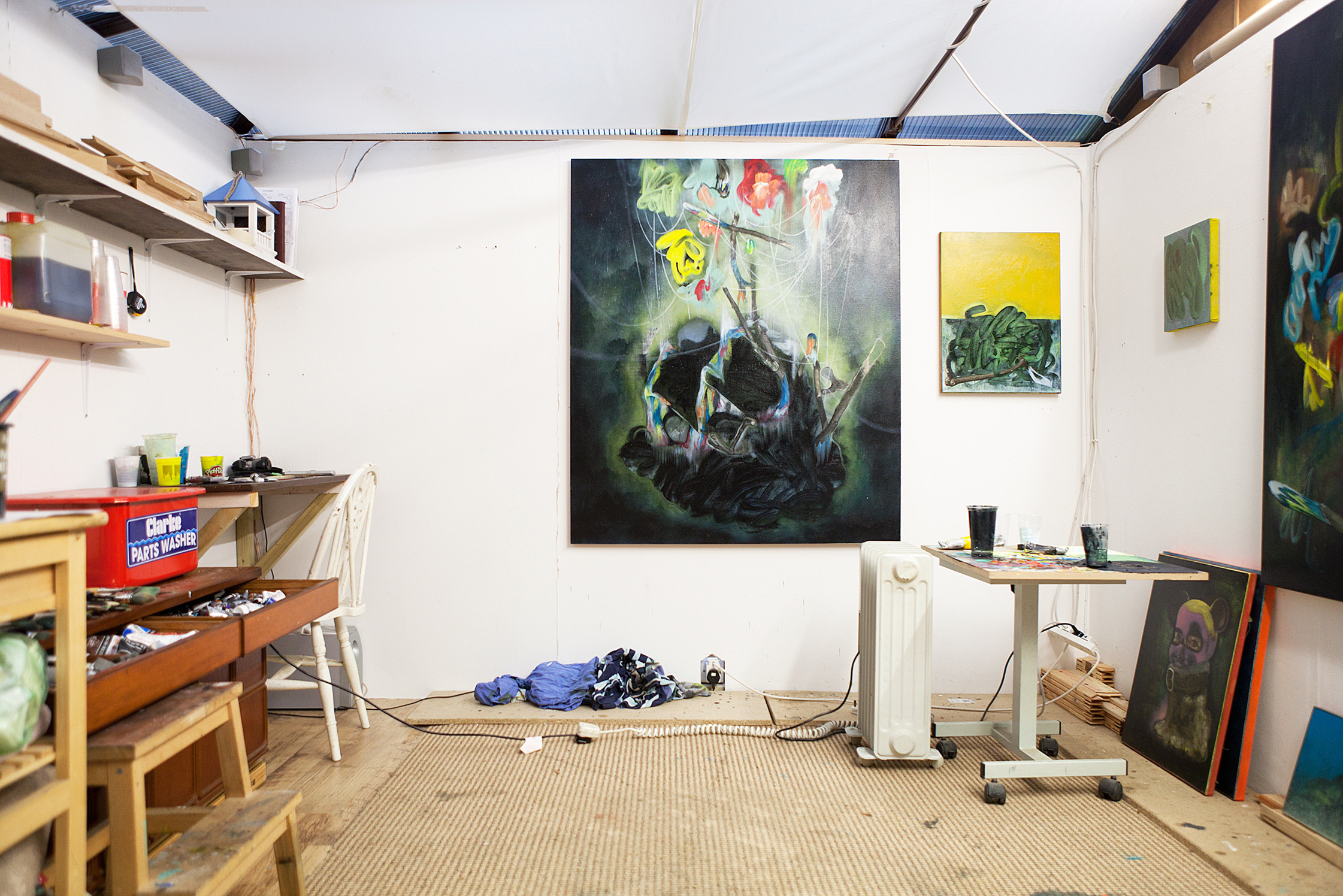
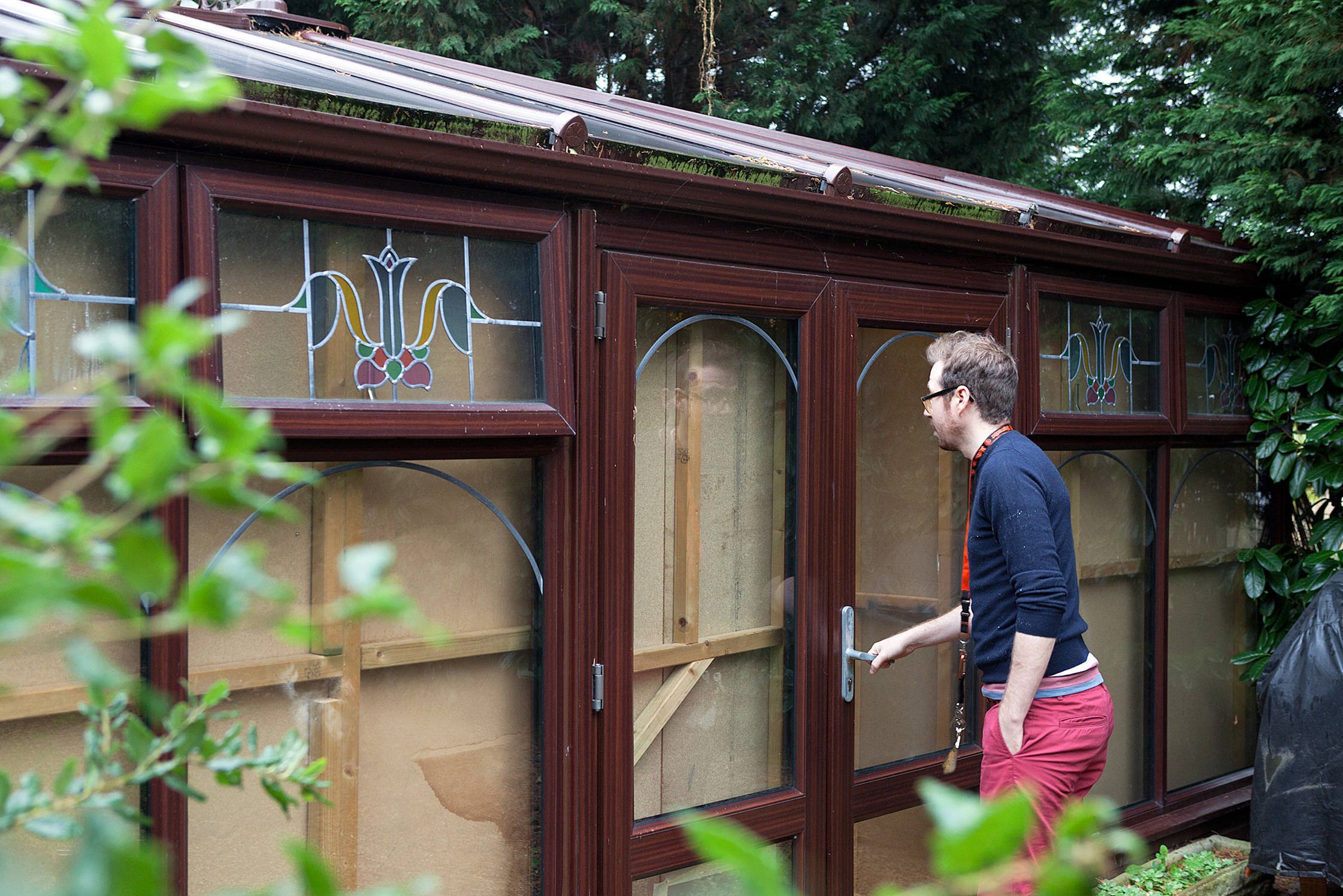
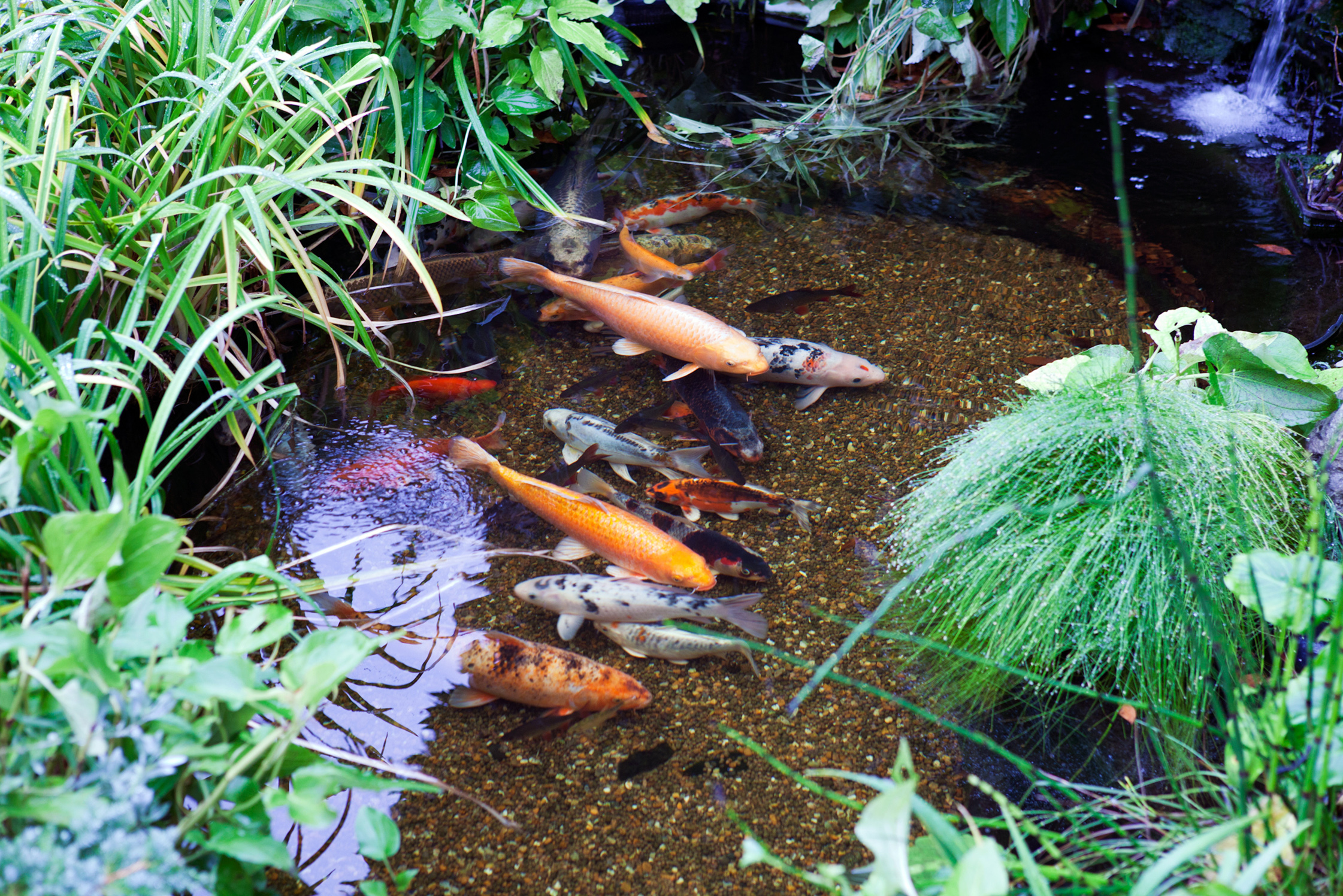
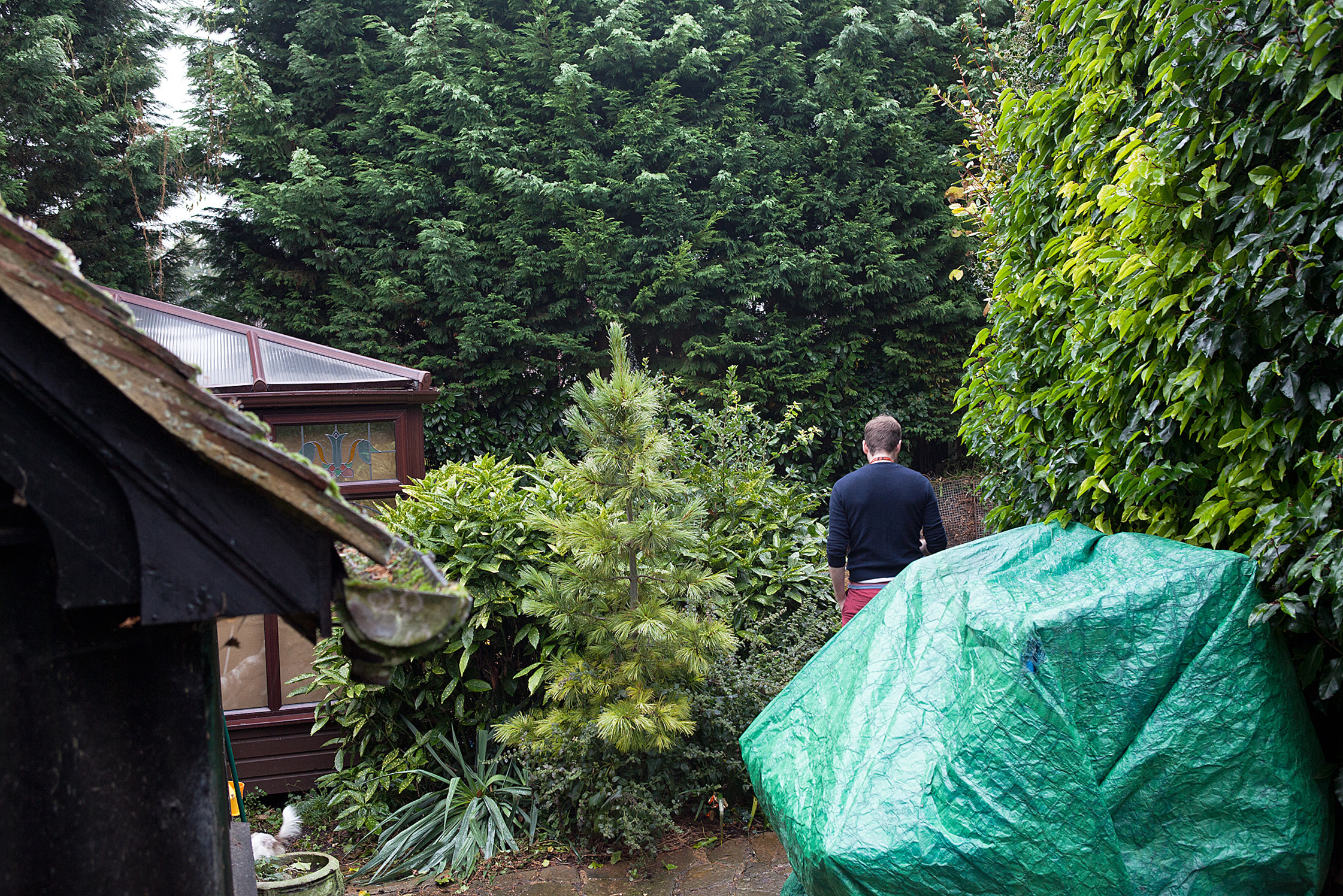
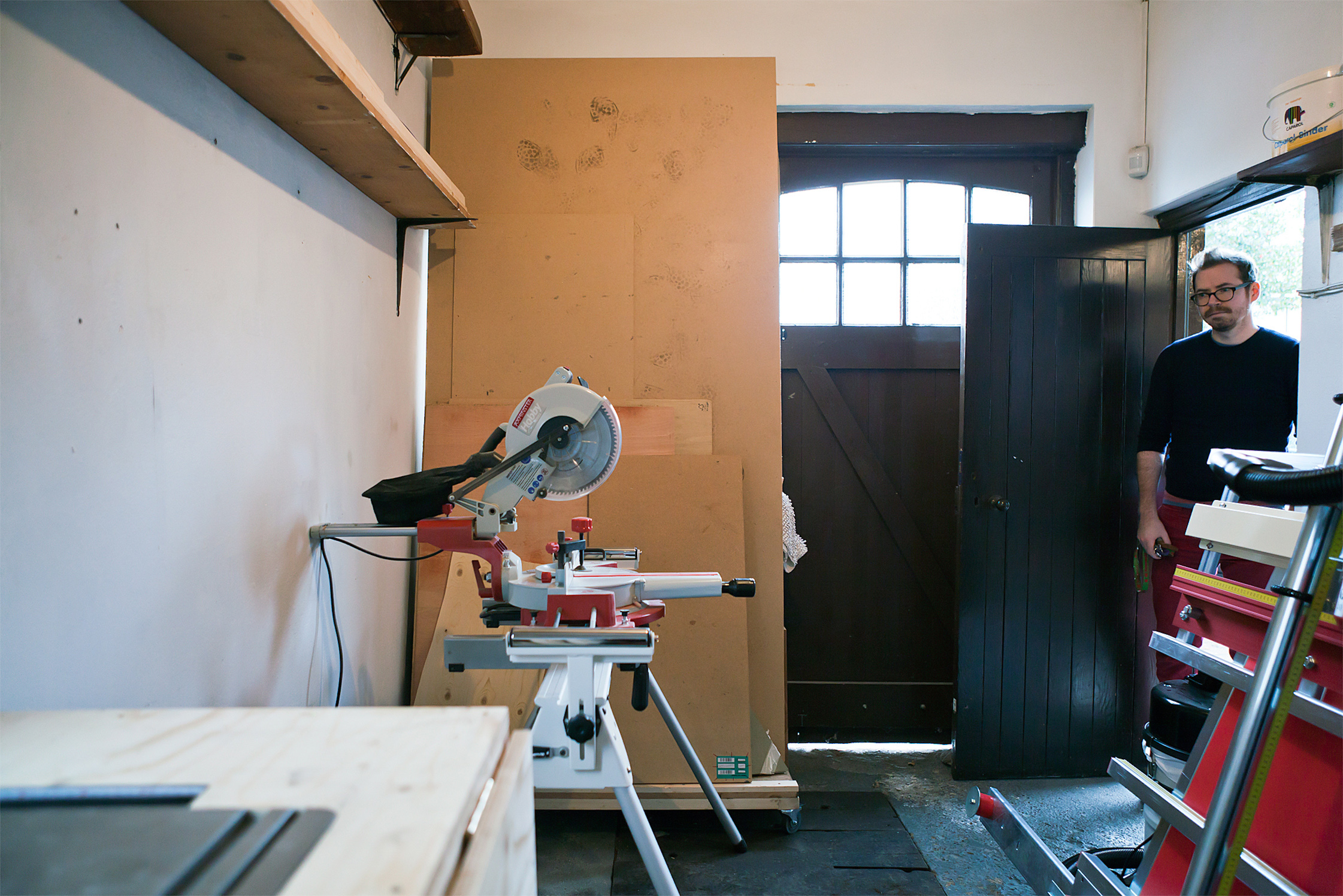
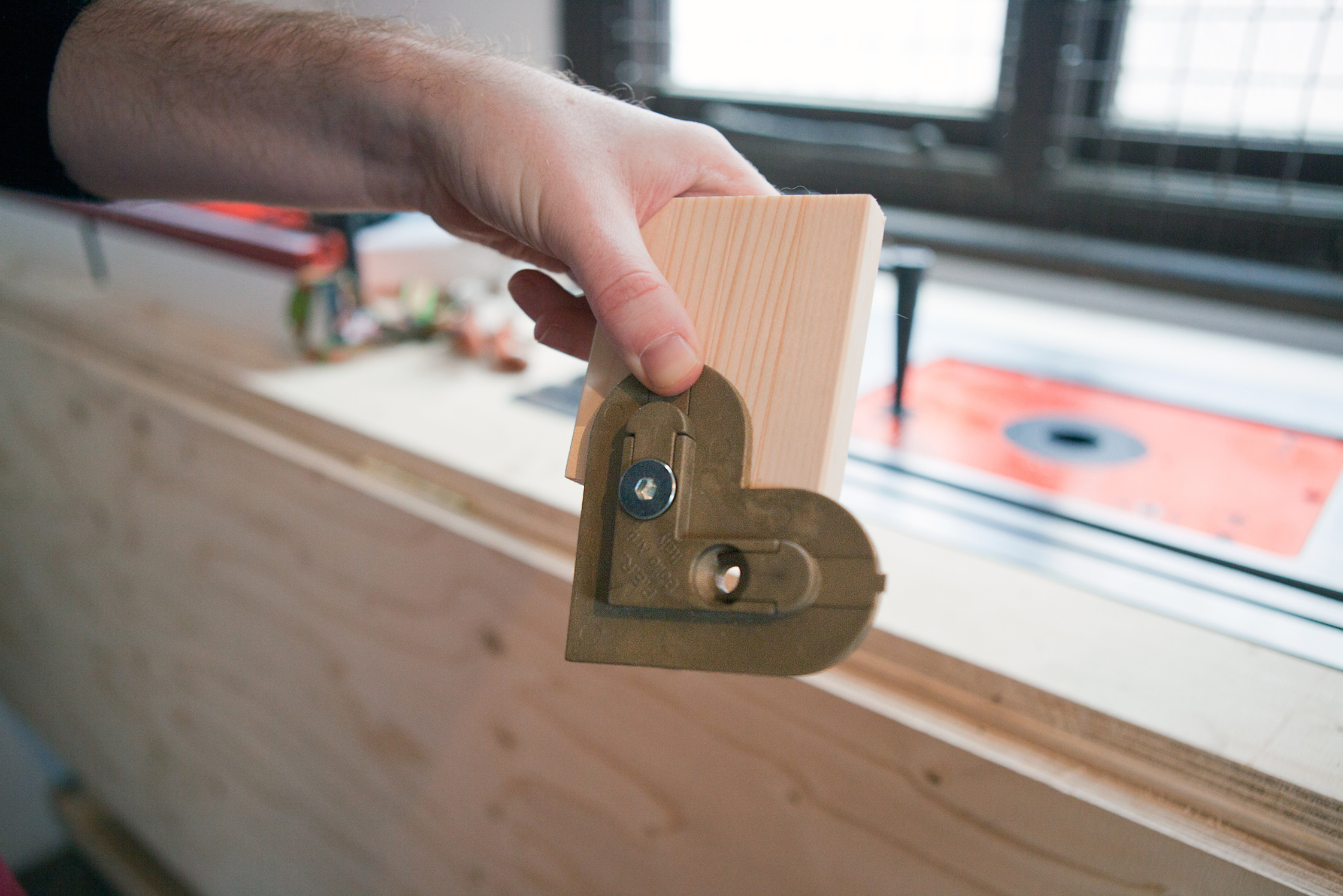
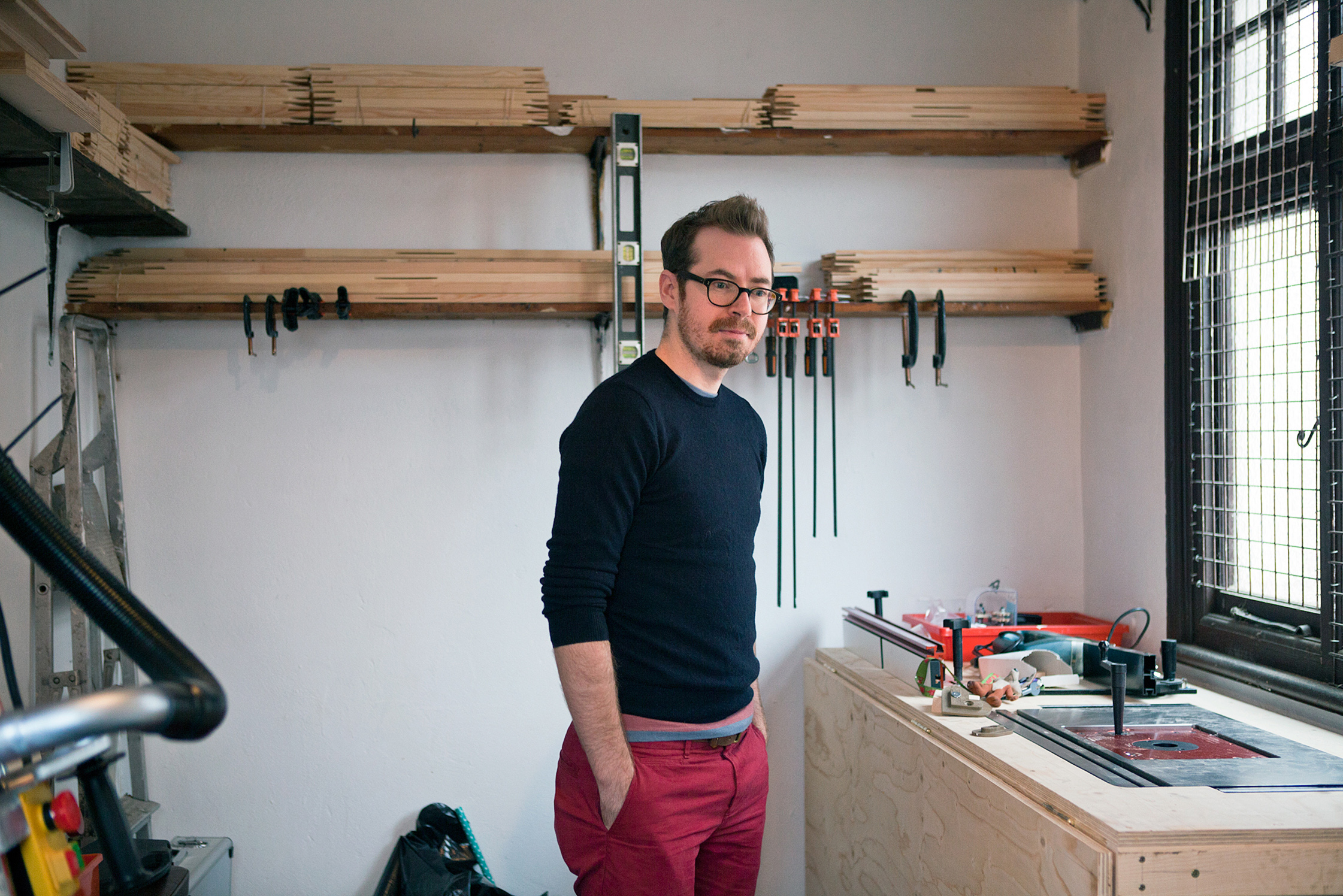
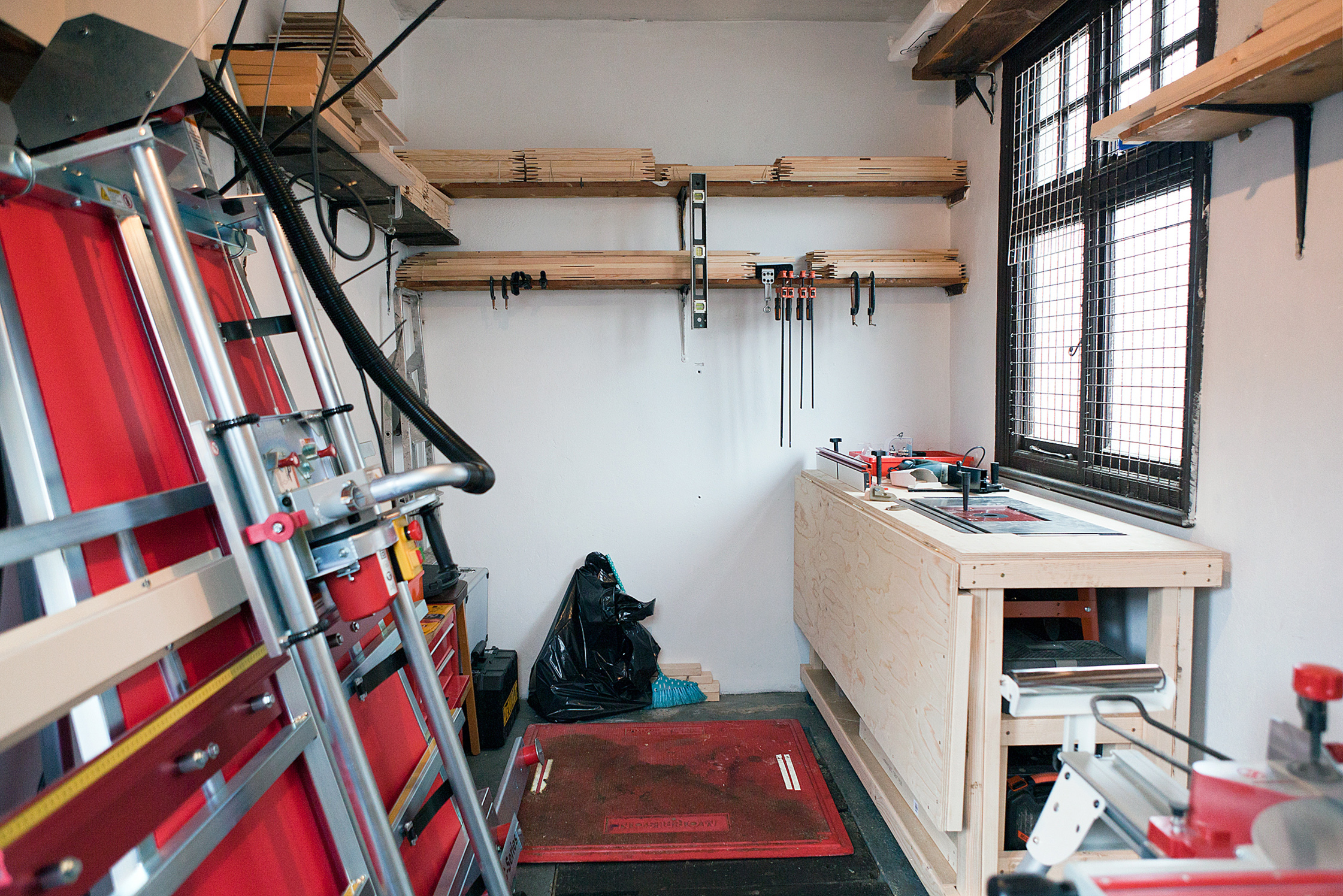
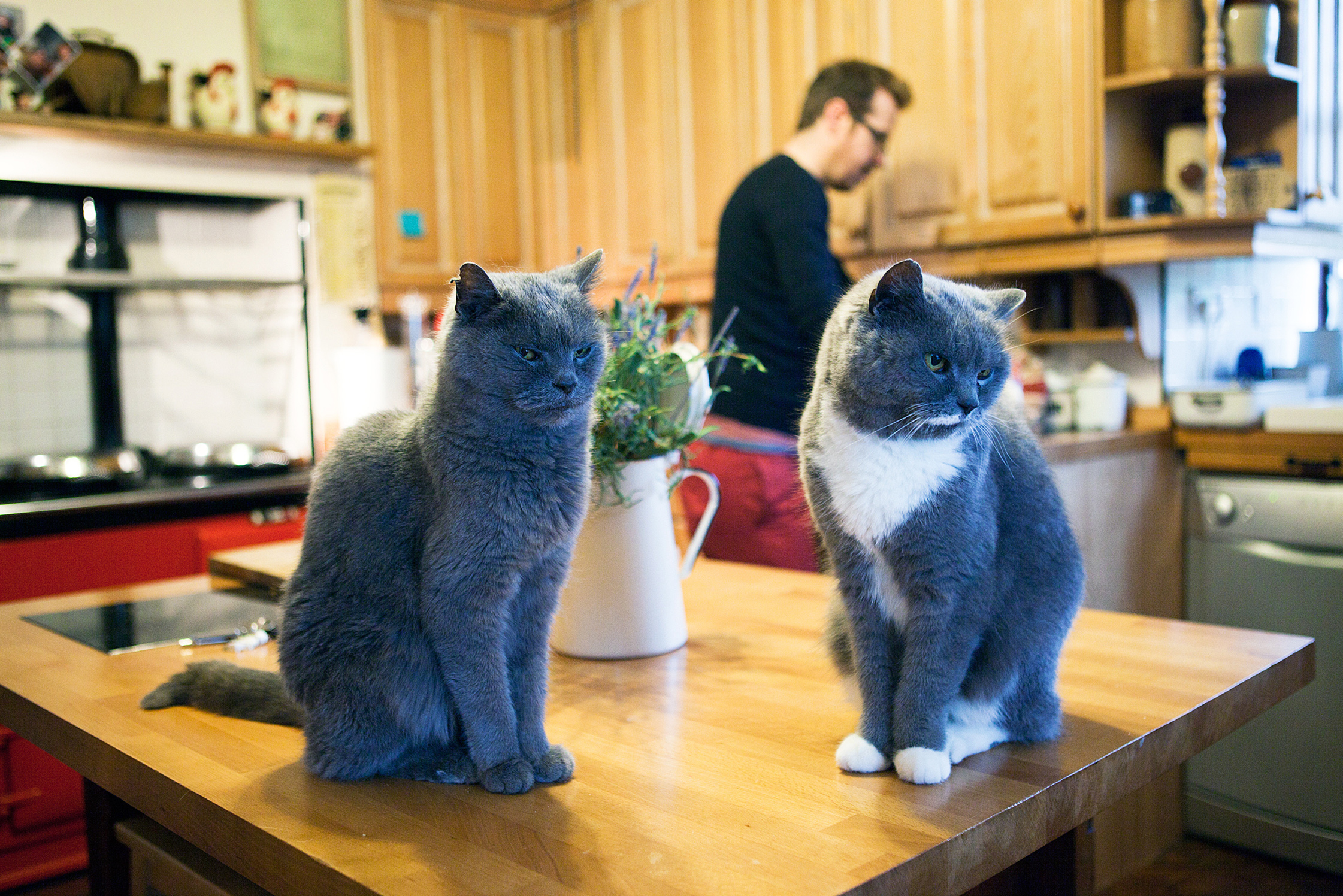
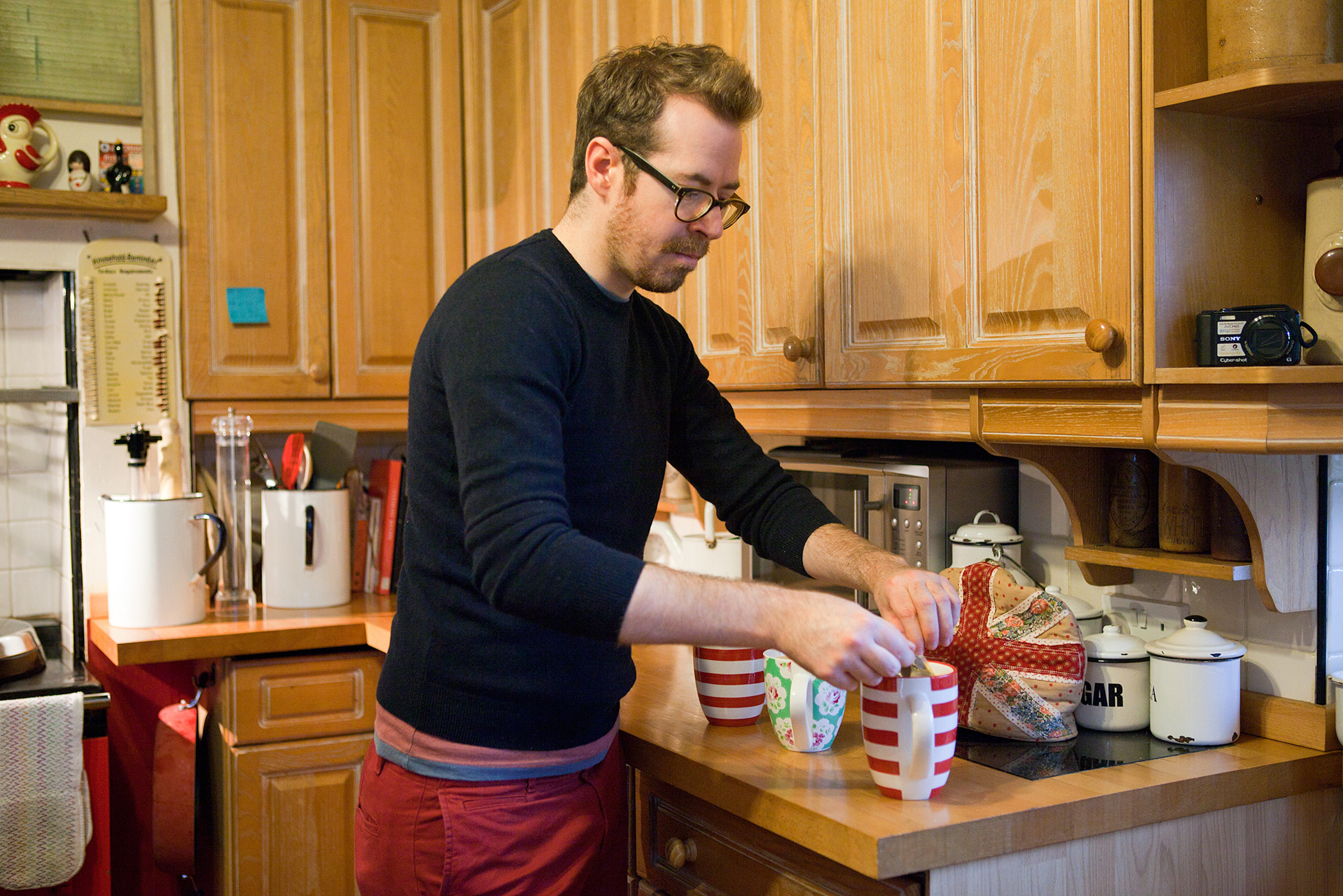
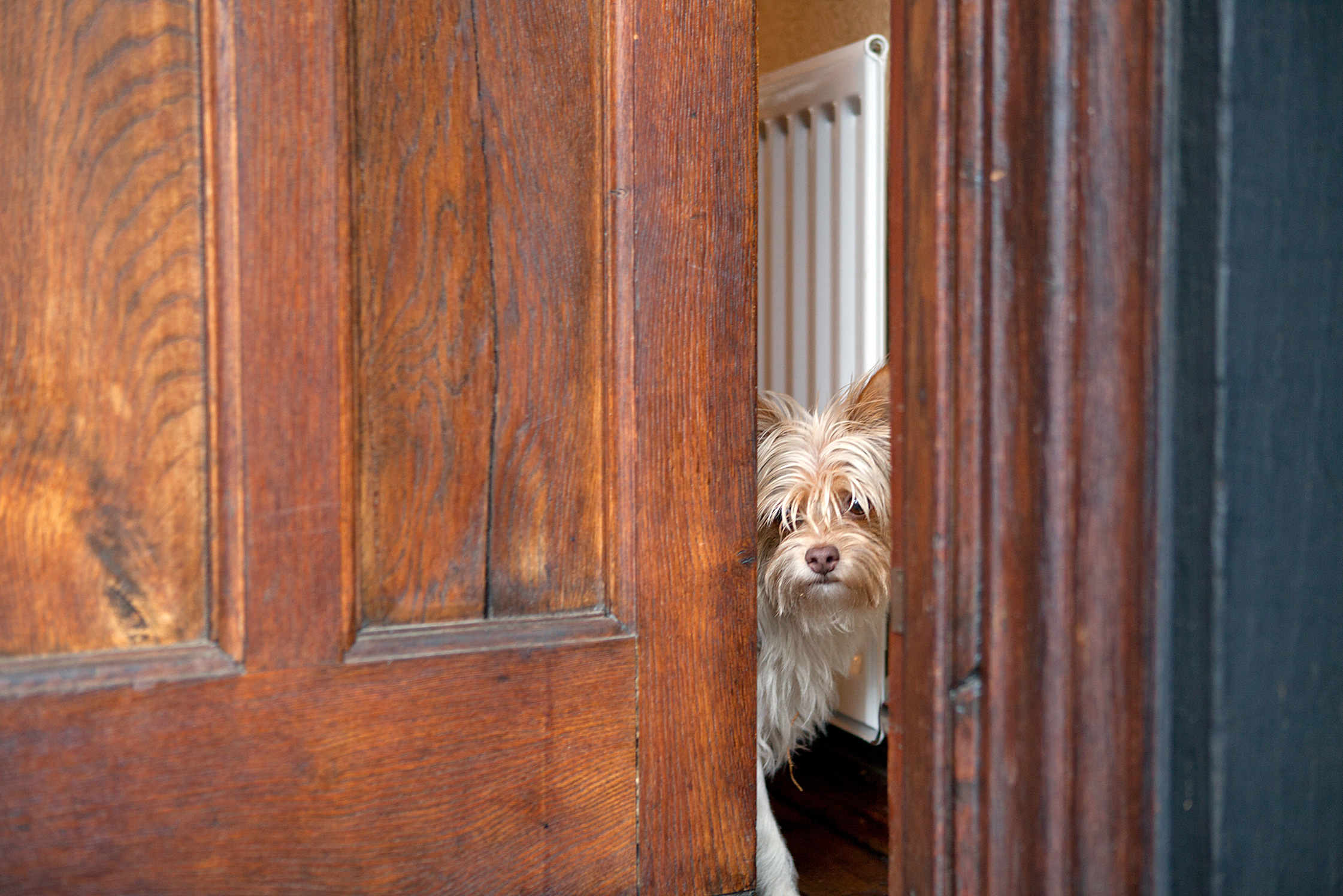
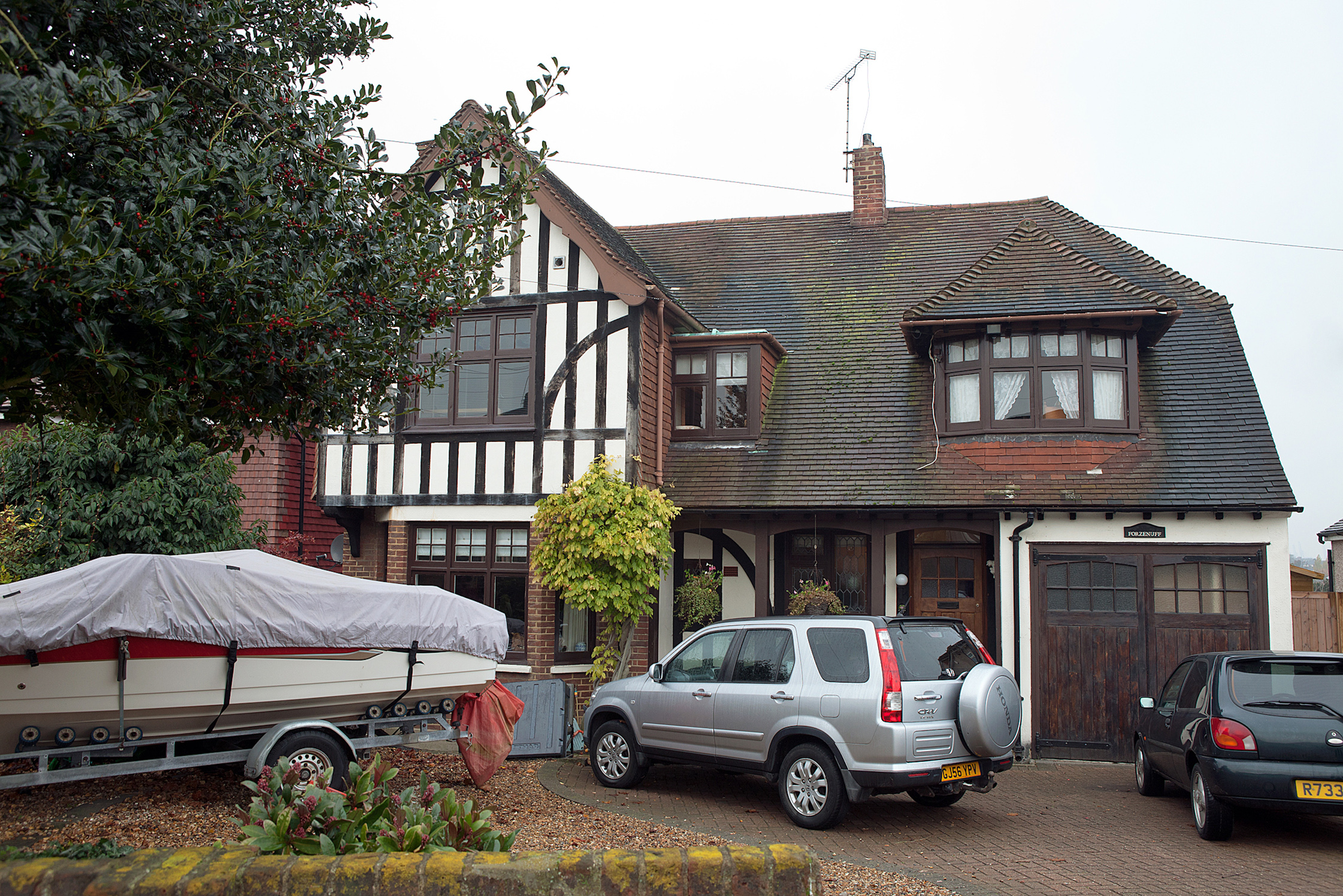
How did you come to discover painting?
I have incredibly fond memories of my childhood. As a child I was as happy in company as I was on my own. Remembering back, it feels like I spent my youth playing with Lego, making secret hideouts or doing creative activities. Between the age of two and five, my best friend was an eccentric 83 year old lady called Hetty who lived alone. She was our next door neighbor and you would often see her pottering leisurely in the garden. She had lived a rich and varied life, and always recited her past with great enthusiasm and nostalgia. She would retain a stock of fairy liquid bottles and old cardboard boxes for me to create houses and dens to play with. I was the classic Blue Peter Tracey Island child. Ironically, this crude and early activity is now resurfacing in my current practice in the form of the model maquettes I make for the paintings.
Playing and creatively making indelibly influenced my directions and interests. The simple creative activities of my childhood were definitely a precursor to my eventual path into painting. My grandfather bought me a travel watercolor set as a surprise present. It was my first introduction to painting as a definitive medium. The set included my first paint brush, which I used repeatedly. I still own the set, but the paint brush has sadly been retired, owing to an almost bristle less stump.
The more I dabbled, the more I became fascinated with the mechanics of how paintings were made. I would look for hours at books of old masters in wonderment. There was a genuine fascination with paint that grew inside of me as the years rolled on. By the time I was 12 years old I was in love with paint and all I wanted to be was an artist.
Was it an easy decision for you to become a painter?
It has never been a process or decision that I have had to question. I had a very supportive and fun upbringing as a child and was led to believe that anything that I worked hard enough to achieve was possible. However, I guess the decision was truly cemented at the age of 18 when studying for my Foundation Art and Design Diploma. During my studies I was admitted to hospital collapsing after months of tests on an undetermined illness.
I was diagnosed with a very rare systematic auto immune disease called Vasculitis Wegener’s Granulomatosis which caused double acute renal failure. At the time I was the second youngest person in the world to be diagnosed with the disease. The disease was in the throes of scientific and medical investigation as there was little known about how to medicate. It was a particularly difficult period and for the first time, I came to consider my own mortality. Up until then death was never a question that I had contemplated. Cliché to say it, but it was ‘life changing’ and so began a huge readjustment to life. My entire thought process and approach to living has sharply changed and has brought into focus the things that I feel are important. The disease is still something that I am constantly working with and readjusting to on a day by day basis.
Given the circumstances, I developed a burning ambition to give my life a sense of meaning and purpose. I wanted to be a painter, and for me, this gave me purpose to exist and a way of dealing and understanding the world.
Your imagery in your work is quite peculiar, how do you create such an atmosphere?
I take my inspiration from the suburban alleys that surround the playing fields where I live. I love the unnatural symbiosis between the oversubscribed graffiti tagged walls and the serene but ominous country paths. I try to capture the suburban alleys not by reproducing images through reference material, but by capturing a sense of the place using paint to allegorically suggest, which I feel gives way to something far more powerful and arresting.
I create abstract grounds with a fusion of techniques and glazes, destroying previous layers of paint until they reach a state of what I term ‘re-resolution’; a state in which the painting may offer a multitude of creative possibilities. The addition of layer upon layer of glazes forms dark lurking depths to trap light as if it were giving life to the paintings. The abstract grounds are worked with loose plans or by intuition, responding to marks and colors that eventually culminate to produce multifarious focal compositions that are left awkward.
Ironically, as I mentioned before, I am now making maquette sculptures reminiscent of the houses and dens from my childhood. They are generally made with the same humble arts and crafts materials that were the bedrock of my creative upbringing, such as modeling clay, cardboard, play-dough, plasticine, mud rock and PVA glue.
Can you tell me more about these maquettes?
I began making these maquette sculptures after some strong criticism from the Turps Art School Painting Programme tutors. I was advised to draw or make collages, neither of which felt natural or right. From the outset of making my first sculpture the process just felt so familiar and natural. The whole process was incredibly fun and rewarding. The simple materials imbue a sense of childlike innocence, albeit created with a threatening Brothers Grimm darkness and odd Disney veneer. Yet, as per the abstracted grounds, the same ‘re-resolution’ principles apply to the maquette sculptures, which are dismantled, dismembered and even burned in a bid to reconfigure new possibilities. I enjoy the entropic nature of the whole process and seeing the immediacy of the practice.
As the maquette sculptures change through reconstruction, they often take on a much darker tone like abandoned houses. My maquette sculptures are always painted with one strong directional light source to provoke a sense of drama. They are then depicted with a playful fusion of painting languages and further glazes, as if it were entrapped and belonged to the layers of paint that formed the abstracted grounds. The melding between ground and depicted maquette, somehow, perversely allow the painting to be aware of its own fictional state, creating an uncanny and peculiar atmosphere.
Who are you influenced by?
Gehard Richter, Sigmar Polke and Peter Doig are all definite influences that are apparent in my work. However, I am also influenced by the following artists in no particular order: William Turner, Francisco Goya, Francis Bacon, John Martin, Joshua Reynolds, John Sargent and Neo Rauch. It can be a combination of their image, composition, painting language and techniques, or simply their concepts and philosophies. They all have something particularly special that offer me inspiration when I need it. However, it is not simply artists that I am influenced by. Cinema plays a vital role. I love cinema and everything cinematic. I am also just as much influenced by my suburban semi-rural surroundings as by other artists.
What is your favorite technique and surface to paint upon?
I would say that my preference is to paint oil onto either silk or linen. Yet I could not say which I prefer the most as they both have their own charming characteristics. Silk is a beautiful material to paint oil onto. It is light and surprisingly strong. It takes minimal amount of paint because of its tight smooth weave. When stretched it resembles the luminosity and surface of human skin. The paint seems to sit vividly upon the surface, whereas oil on linen is much more heavy and dense allowing for much darker and foreboding depth to be achieved.
I could wax lyrical about each of the surfaces various merits, but in truth my main interest is to explore the possibilities of paint. I have always been beguiled and fascinated with the hermetic characteristics of paint and printing pigments. As such, I am in the process of trying to create paintings that defy their fixed and motionless state – their prescribed obligation to permanence. Thus this idea could be termed ‘designed obsolescence’; a condition that is inbuilt and most commonly referred to in technology products, but it also applies to all living organisms. I use the idea of ‘designed obsolescence’ to challenge conventions and destabilize realities prescribed to painting whilst also serving to highlight the epistemological limitations of human knowledge and understanding; through the breakdown of depicted subject matter and ideas.
You recently had a residency at the Turps Art School, how was it?
The Turps Art School was exactly what I needed. As a side note, I was already a fan of the Turps Banana magazine before I began. The first few weeks were slightly overwhelming as we met Alex Katz, then week on week it seemed like we would meet another hero. I literally loved going to the studio. However, it took me a little while to see eye to eye with my mentor. She was blunt and to the point, strongly opinionated, but as I learned through the program, she ultimately really cared and was an indispensable source of feedback and guidance.
My work would be torn apart in every critique. The first one was especially difficult and challenging. Yet, I would say that this was the intervention needed to spur me on to really question and deconstruct my practice. With the continued barrage from my peers and mentors things began to slowly change, and the criticism began to subside. I had many heated tutorials continuing until the end of the program with different visiting artists. Yet I am incredibly thankful for these tutorials as they had a defining effect on my progress and development during the year. It is sometimes difficult to take and accept criticism, but much harder to agree. It usually takes a prolonged period of time to process.
The year came to an end. It was an exhausting affair, traveling each day from Kent and leaving late in the evenings. Nevertheless, without the support and guidance of all mentors, artists and peers on the program, I would not have been able to transform my practice in such a diminutive period. I had a wonderful time and it was well worth the blood sweat and tears. I would recommend it to anyone who wants to really challenge their practice with genuine guidance and support.
Was this experience different from your other residencies you had previously experienced at Triangle in Marseille and The Florence Trust in London?
The whole setup was very different with the residency that I had at Triangle in Marseille. It was my first experience as an artist and also my first time living abroad. It was special. The studio was one thousand square feet and I had a materials budget. I am still unsure to this day how I managed to get a residency considering Simon Starling the Turner Prize winner and Alicia Paz were residents a couple of years before myself. Yet I will say that if I had not had this experience, I would never have had the confidence or belief in myself to be an artist.
The Florence Trust was set in a Gothic church that had an unbelievable atmosphere. It was shared by 12 artists and each had their own large partitioned studios. Mine had a door to a spiraling turret. It was pretty cool, even if it did not really lead to anywhere and was full of cobwebs. The studios were without doubt the coldest place in London. I would often be seen painting with my coat, woolly hat, gloves, dressing gown and heaters set up surrounding me. Even with all these layers, it was still cold.
The Florence Trust had a similar program to the Turps Art School in regard to the fact that it was designed to support the development of an artist’s practice and offer professional development. However, the Turps Art School differs because it was only for painters and was seen more of a challenge to the institutional art school system than defining itself solely as a residency. The addition of visiting artist’s tutorials, lectures and discussions made it feel much more distinctly like a Masters program. Plus the studios were completely open and exposed within the school as opposed to the privacy permitted by The Florence Trust. It was the most vulnerable environment that I have ever had the pleasure to experience.
What is your favorite place in London?
The Florence Trust Residency where I had my studio for a year is an obvious choice. The Residency was set in a Grade 1 listed Neo-Gothic church which has an overwhelming otherworldly atmosphere. The space is dark and set within a high vaulted ceiling, lit only by flood lights and stain glass windows. Yet in truth, I do not love London, it does not feel like my city. My favorite place in the whole world would have to be my home in Gravesend. It is not very exotic, but it is where I live, and for me the most important place is always wherever my friends and family live. For the time being, it is Gravesend.
Your studio could be described as a shed at the bottom of a garden. Can you explain why there are all sorts of jokes about ‘Englishman and their sheds’?
The shed has always had the connotation as a forgotten storage hut left at the bottom of the garden; a breeding ground for spiders. Yet used appropriately, they can offer the potential of an incredible space. You just have to use a little imagination. Garden sheds are colloquially referred to as ‘an Englishman’s castle!’ I would have to say that although comedic, it is absolutely true. It is a sanctuary at the end of the garden, a wooden house of possibility where the space is used entirely at the discretion of the owner. Like a king of his own castle. For me it is a place of refuge where I can retreat from the world into a smaller compartment and focus entirely upon painting, making and thinking.
What would be your favorite exhibition from last year?
I visited the Venice Biennial for the first time and saw the Belgium Pavilion which was inspiring. DeBruyckere and Coetzee – the 2003 Nobel Prize winner for literature – collaborated. They created a huge monolithic sculpture inside a dark and ominous space that looked like lank wooden limbs bound together in blood soaked bandages. They lay silently in the center of the gallery space and induced complete focus and contemplation upon the work. The collaboration perfectly expressed a powerful and intoxicating anamorphic empathy for the human condition perpetuated by our inherent semiotics.
What are you looking forward to this year?
I have my third solo show and second in Italy coming up that I am really excited about and will be exhibiting a mixture of paintings from the past and present. The galleries have decided to take some work from the past that has been dismissed or ignored by other galleries for fear that it is too dark and controversial. As such it will be the first time that I have shown these selected paintings to the public. It will be very interesting to see how they are received.
Matthew it has been such a pleasure to spend some time with you and hear about your artistic practice. To find out more about Matthew’s work visit his website here.
Photography: Mary Gaudin
Interview & Text: Marion Berrin
